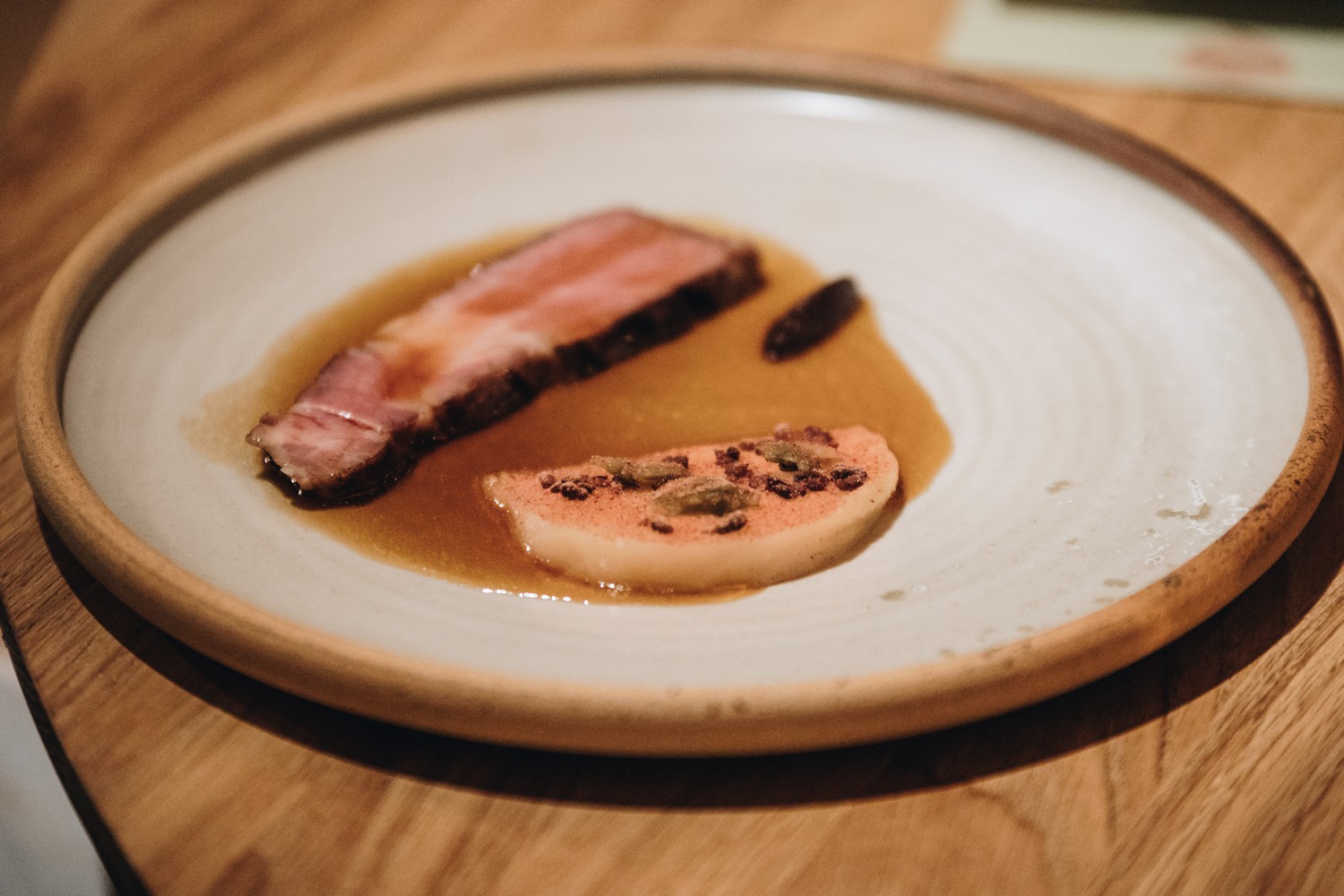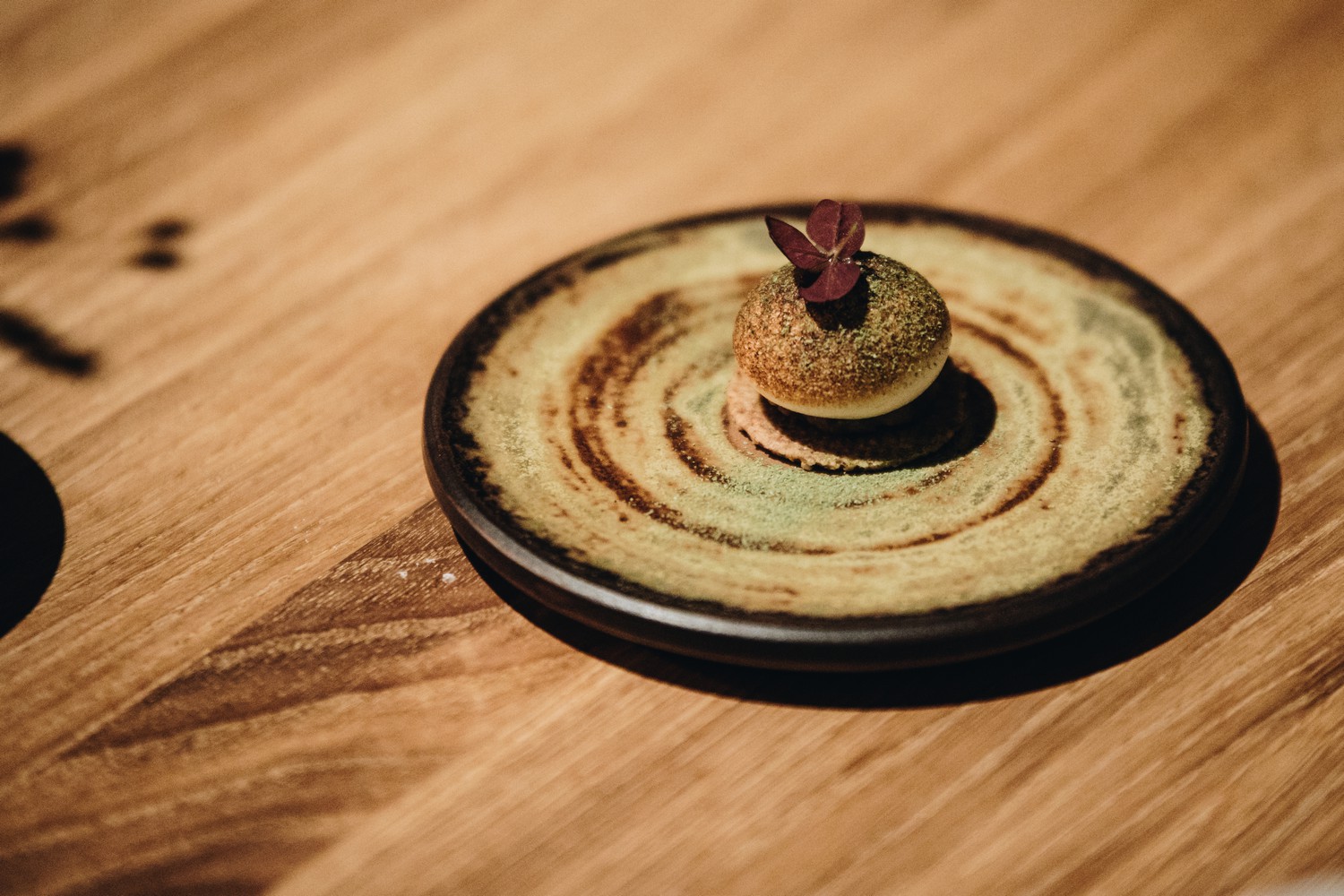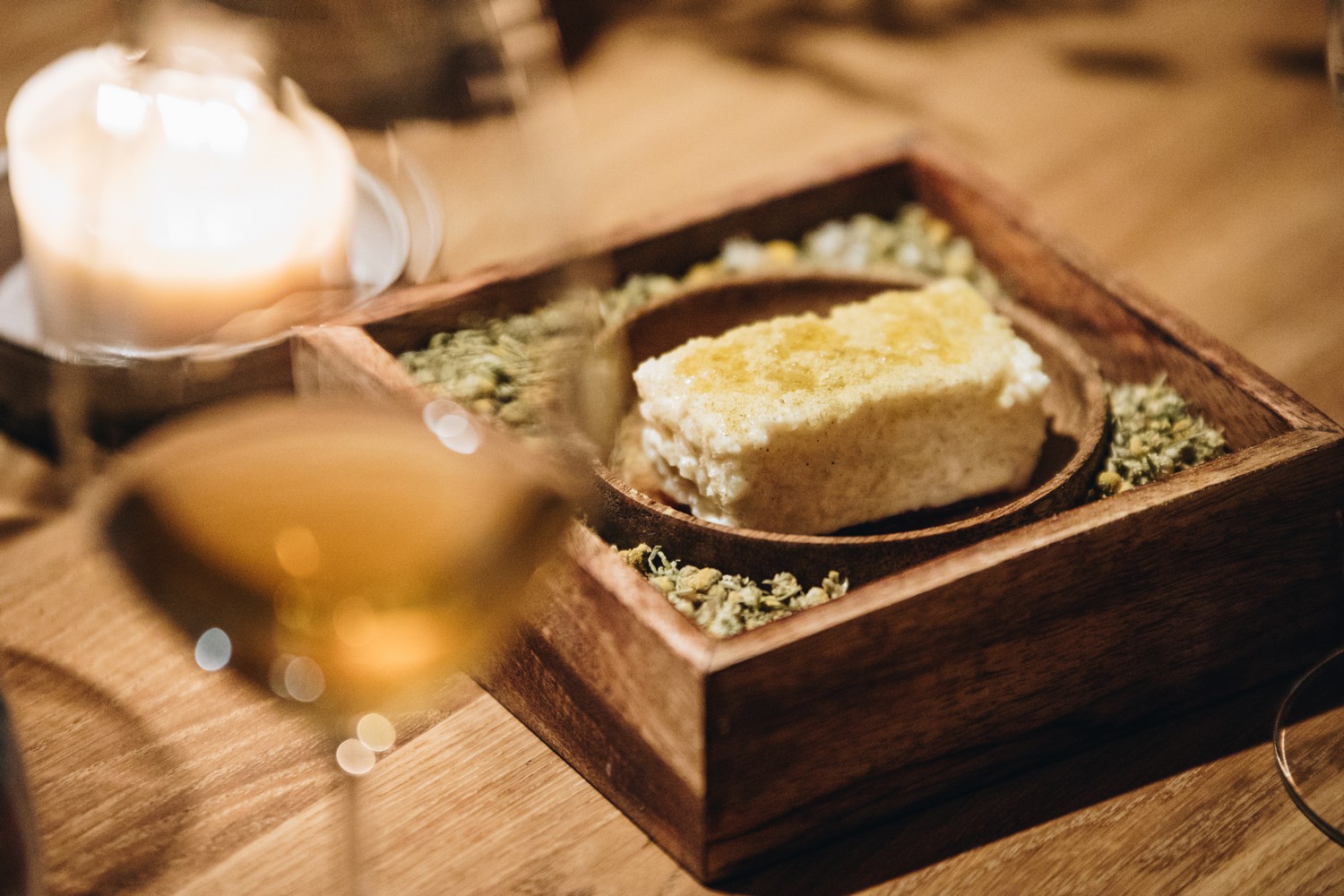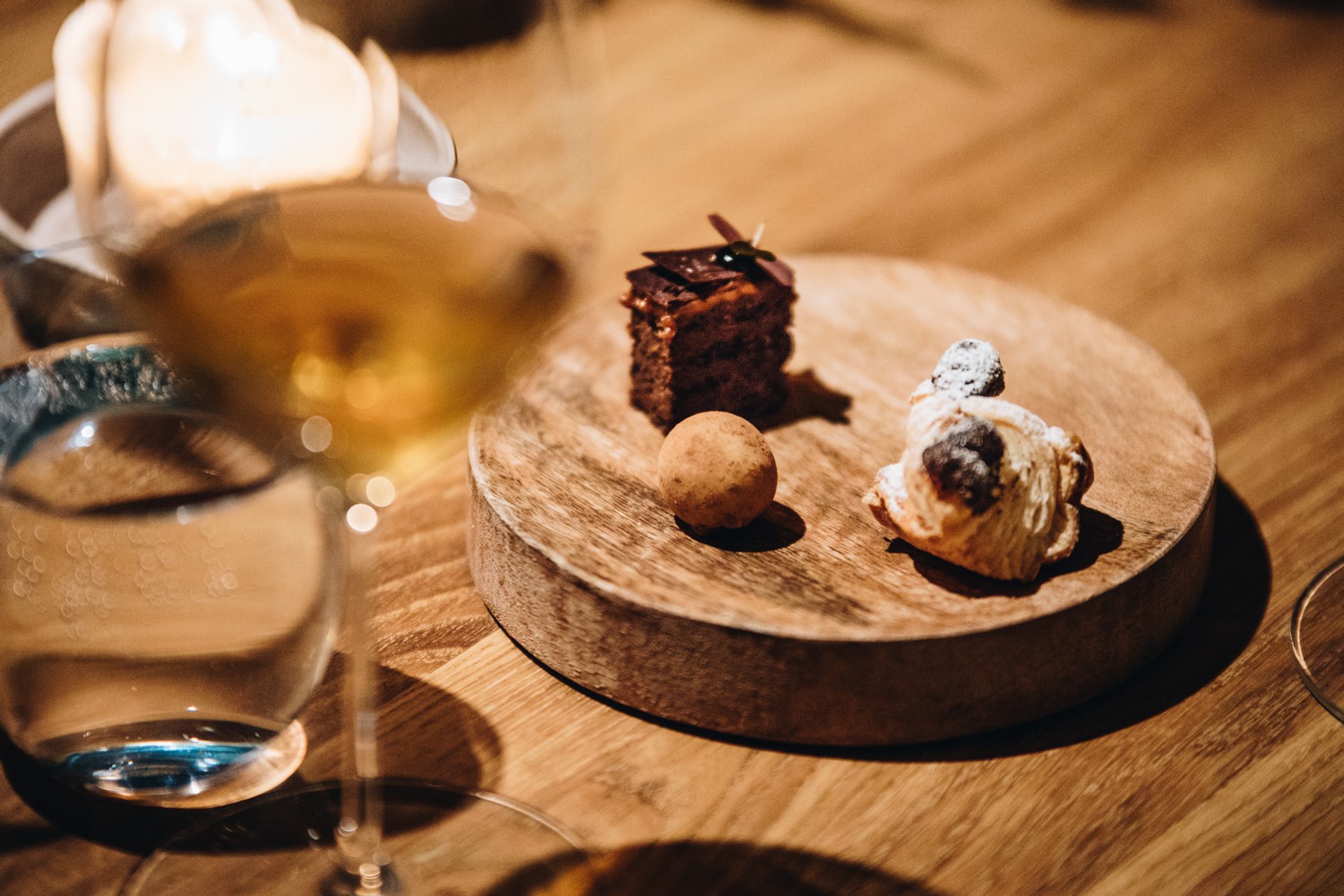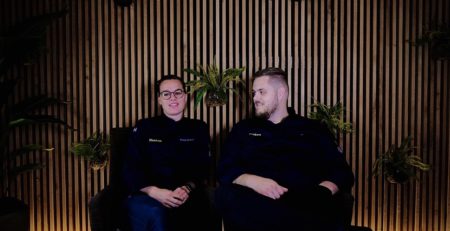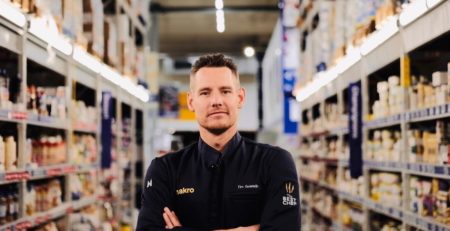Tóth Szilárd is a chef and co-owner of SALT restaurant, his dishes are reminiscent of his birthplace, the county of Szabolcs-Szatmár-Bereg, and they invite a familiar, childhood nostalgia formed perfectly into a fine dining experience.
Máté Boldizsár is a Head Sommelier and co-owner of SALT restaurant, together with Chef Szilárd promote and celebrate the Hungarian gastronomy, using nature and tradition as the foundation/ pillas of their work.
The Best Chef: Many thanks for hosting us, here in Budapest, one of the fine dining hottest cities now. The opening question is how did it all start? How did you come up with the idea of the Salt project?
Máté Boldizsár: It was October 2019,We had the idea, to make a casual fine dining restaurant, also based on Hungarian culture, on Hungarian cuisine, and based on nature, these are the main parts of our philosophy and also that kind of hospitality was important so we decided to make an open kitchen in our restaurant and also the kitchen staff and chef part of the service; we wanted to make the service as personal as we can.
That’s the idea for us to establish as a place where guests can feel home, so the home feeling was one part of the concept as well, so it’s like when you visit your grandmother, and she cooks for you, and you can eat what she is cooking and feel at home. That was an idea behind the concept.
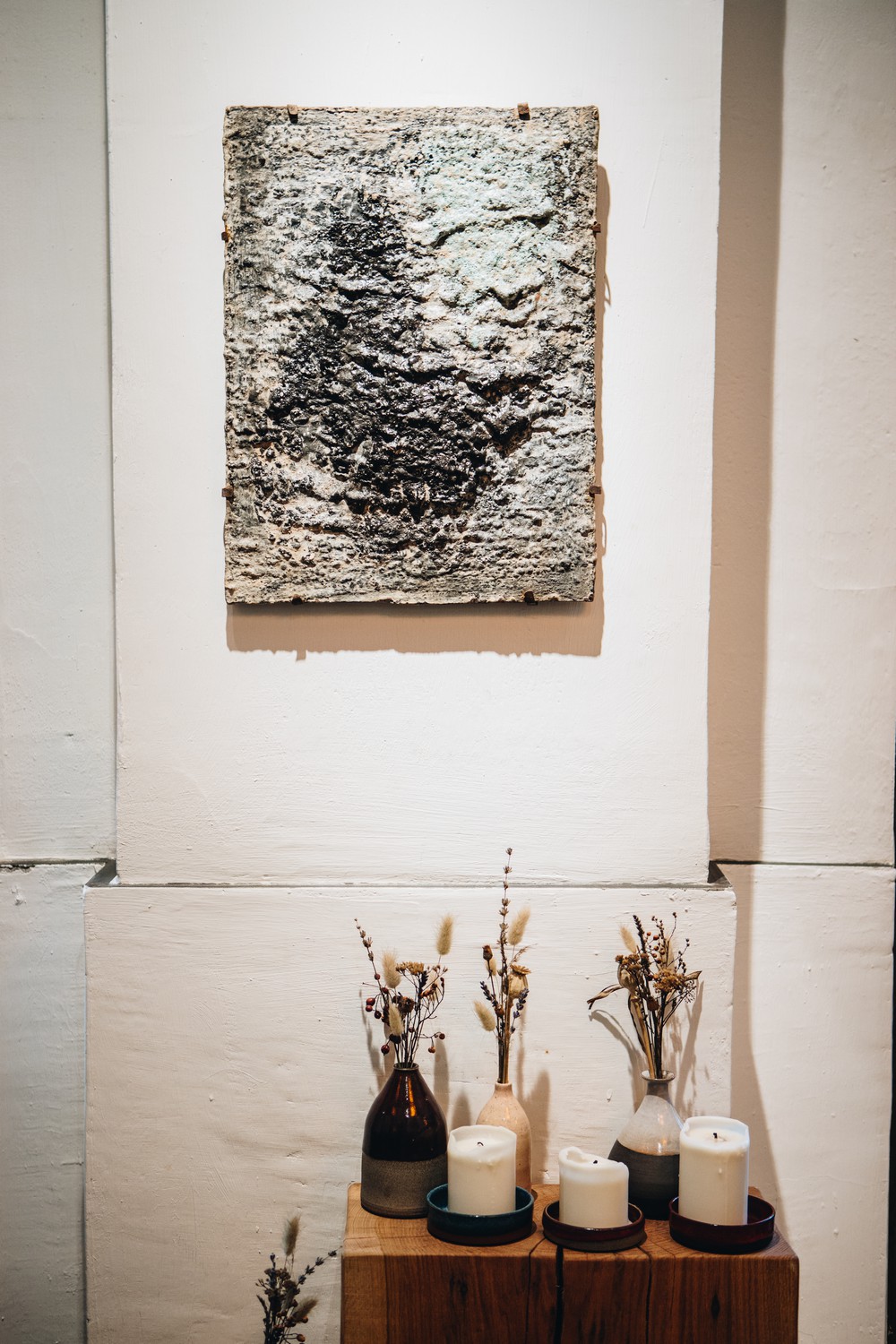
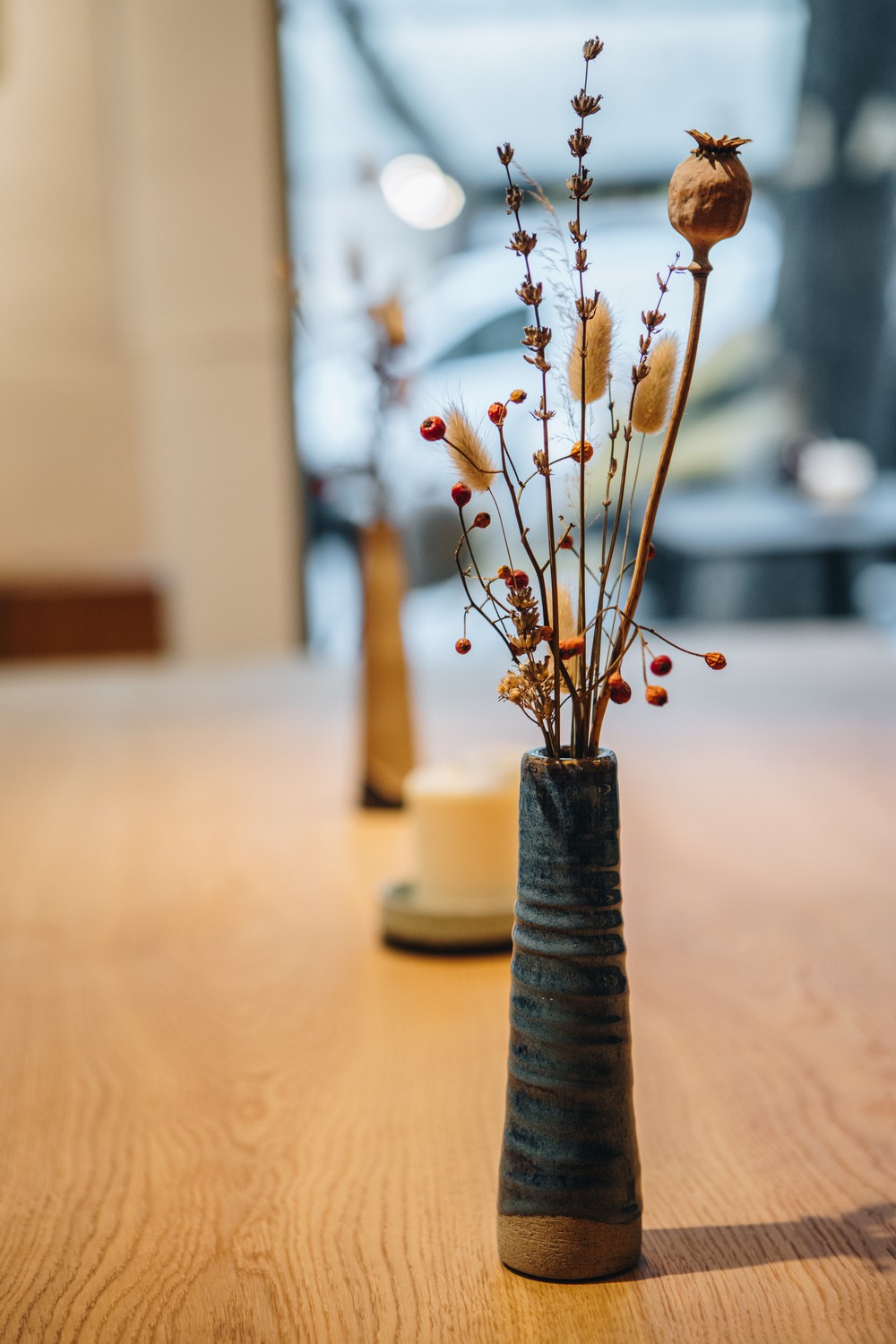
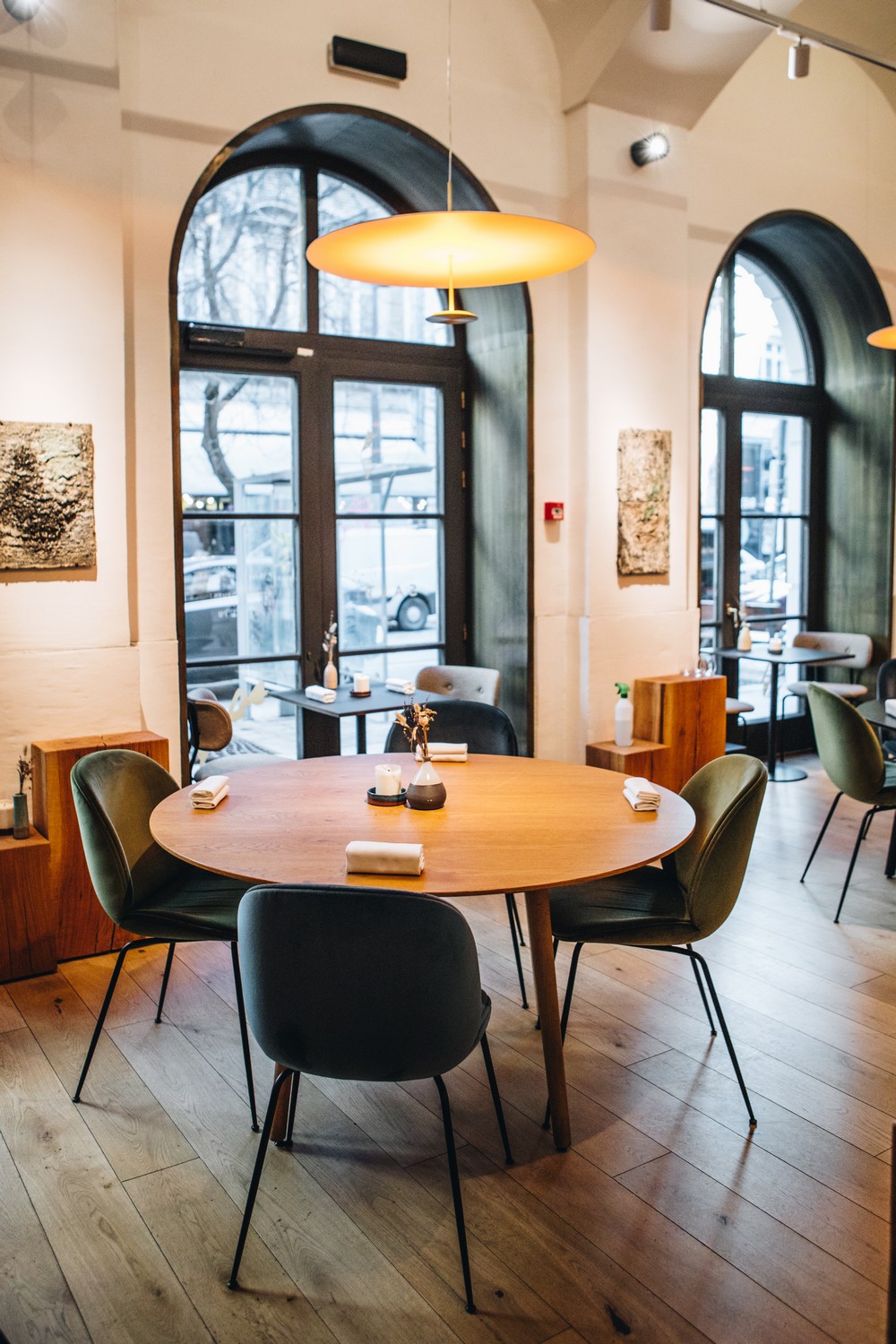
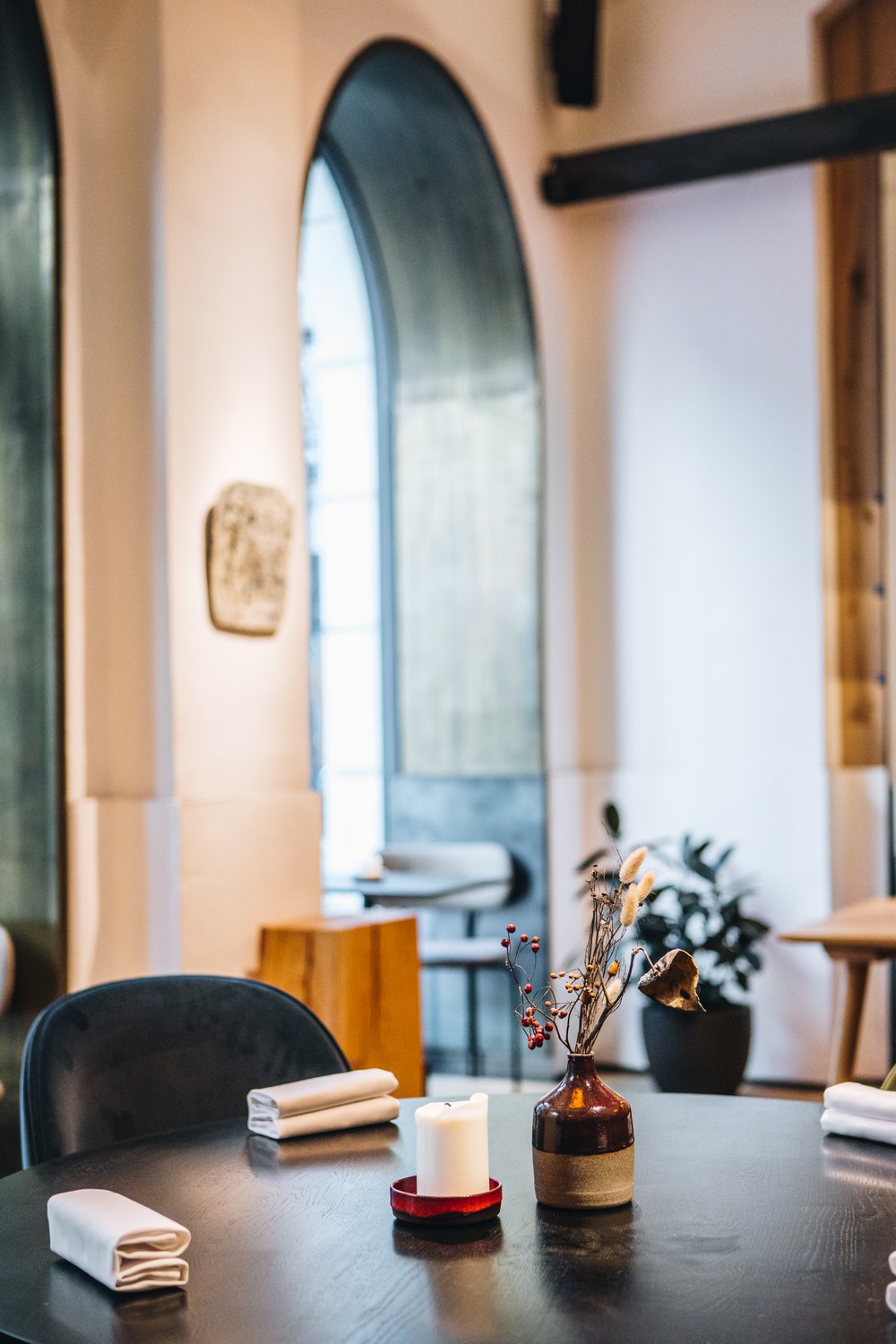
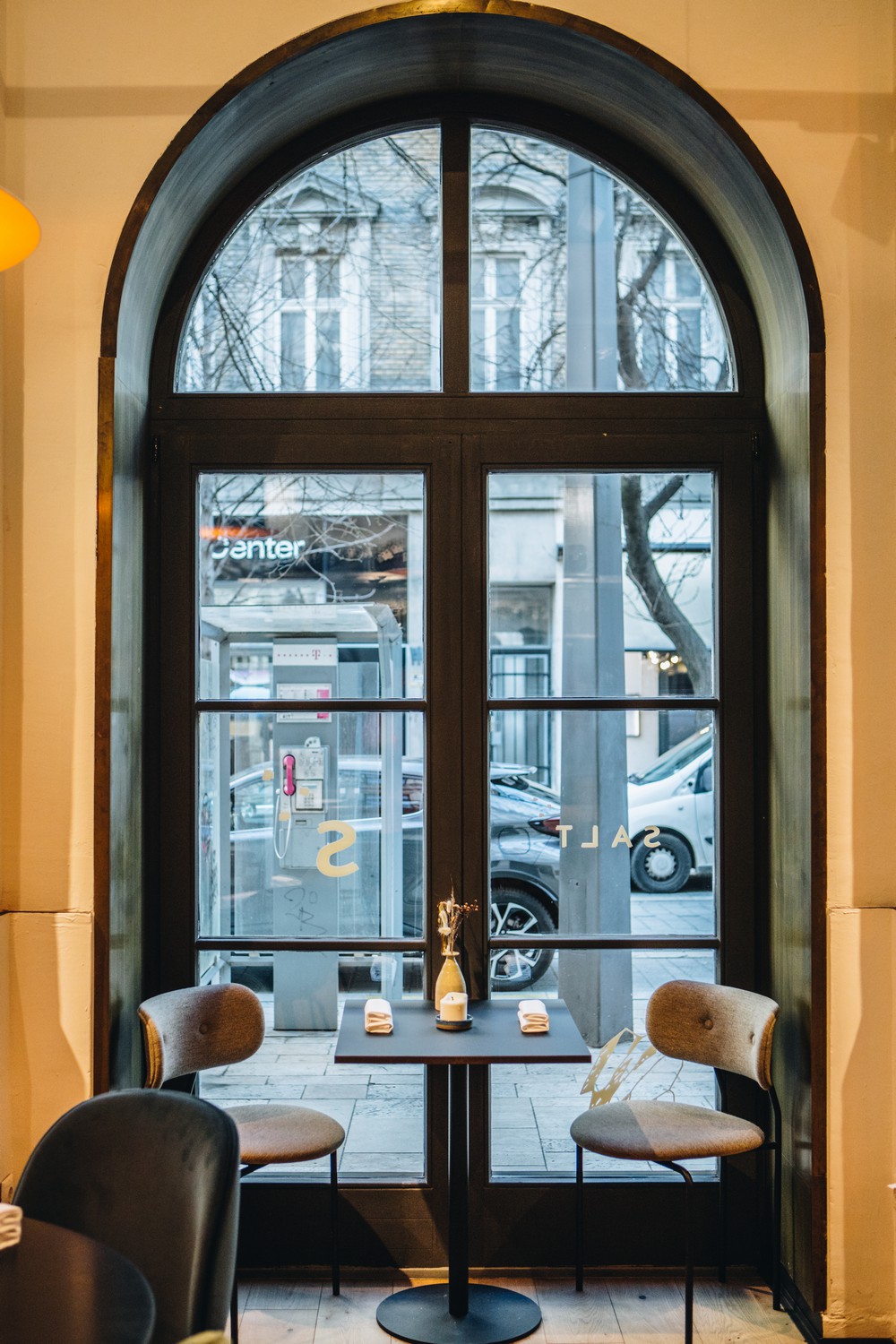
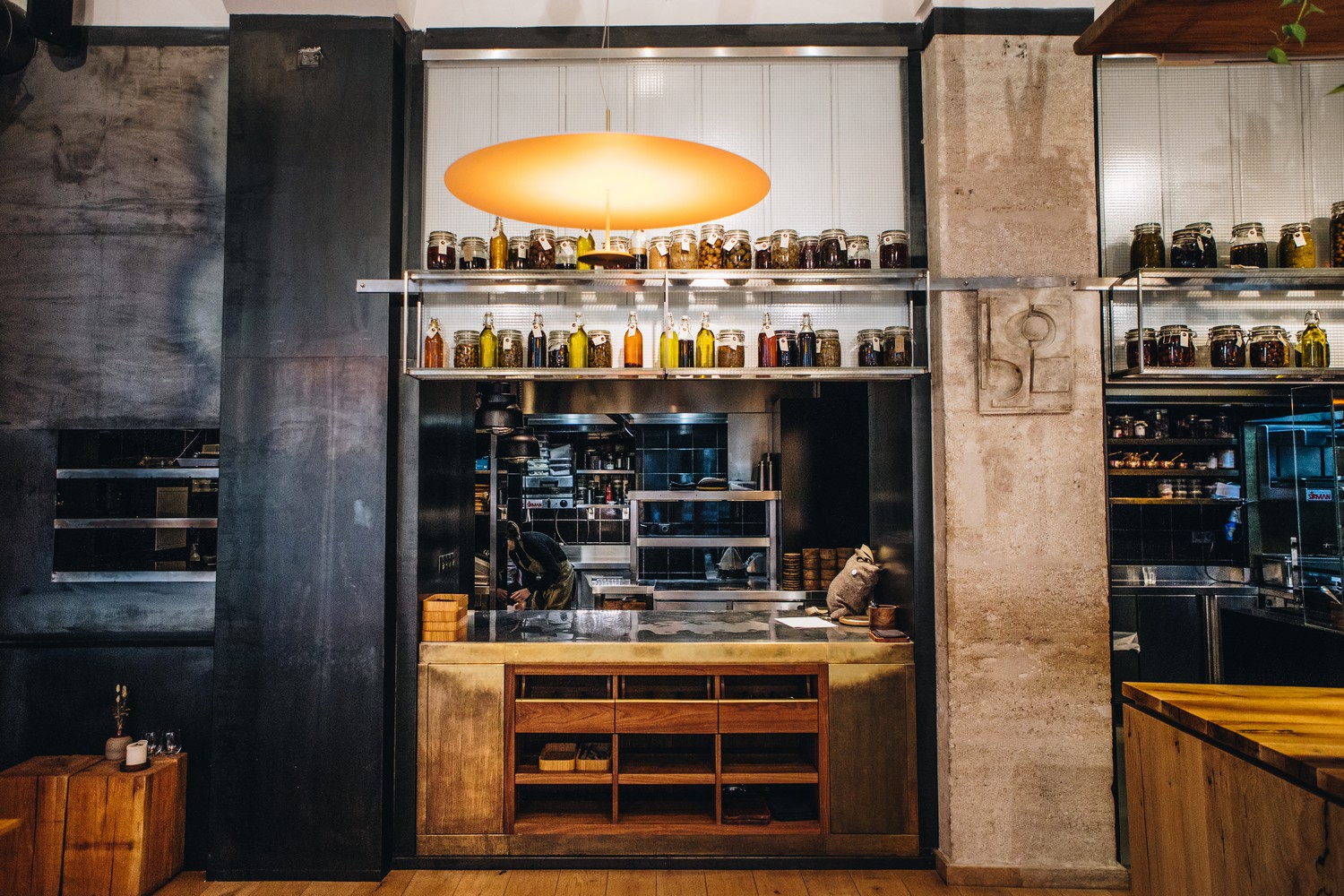
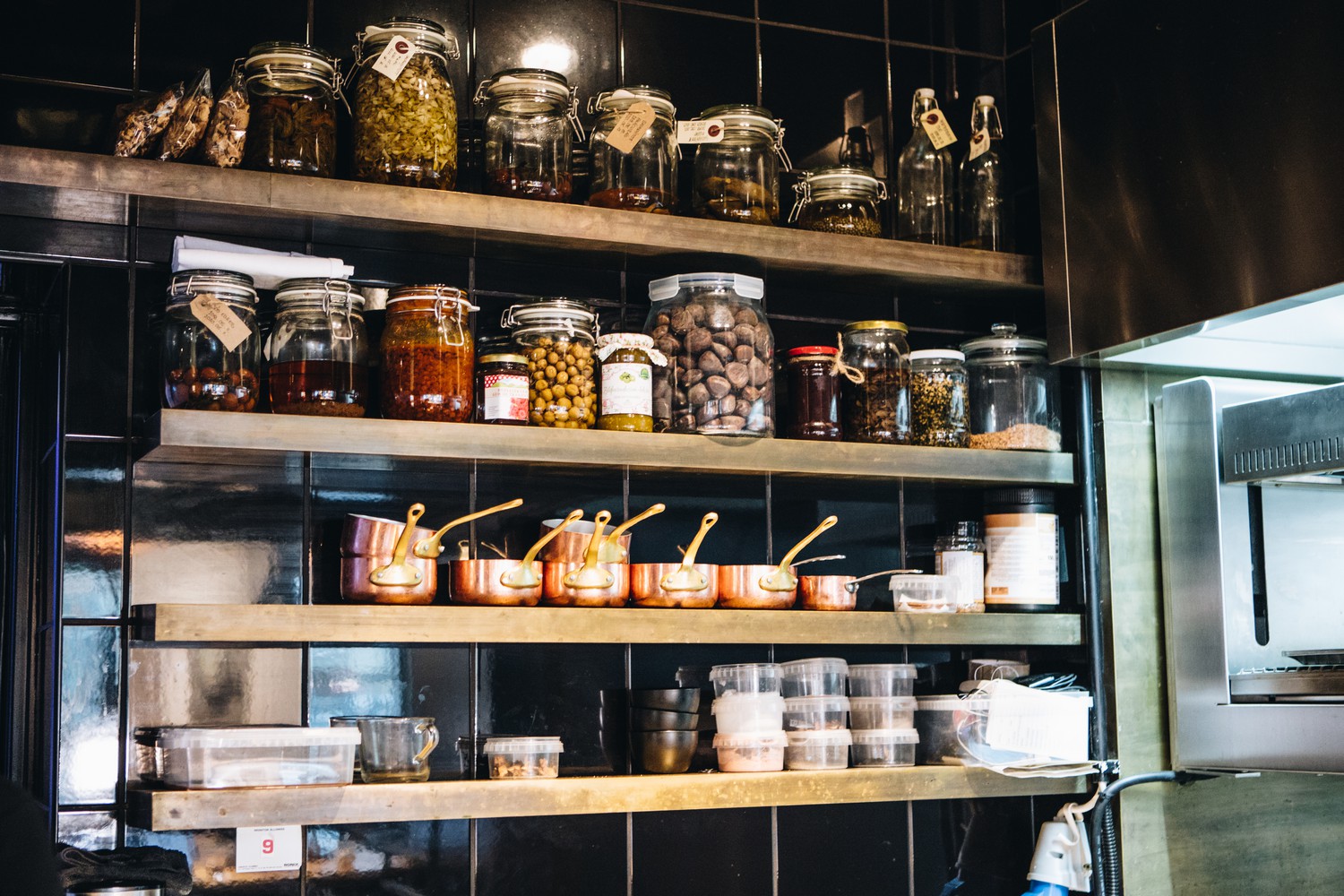


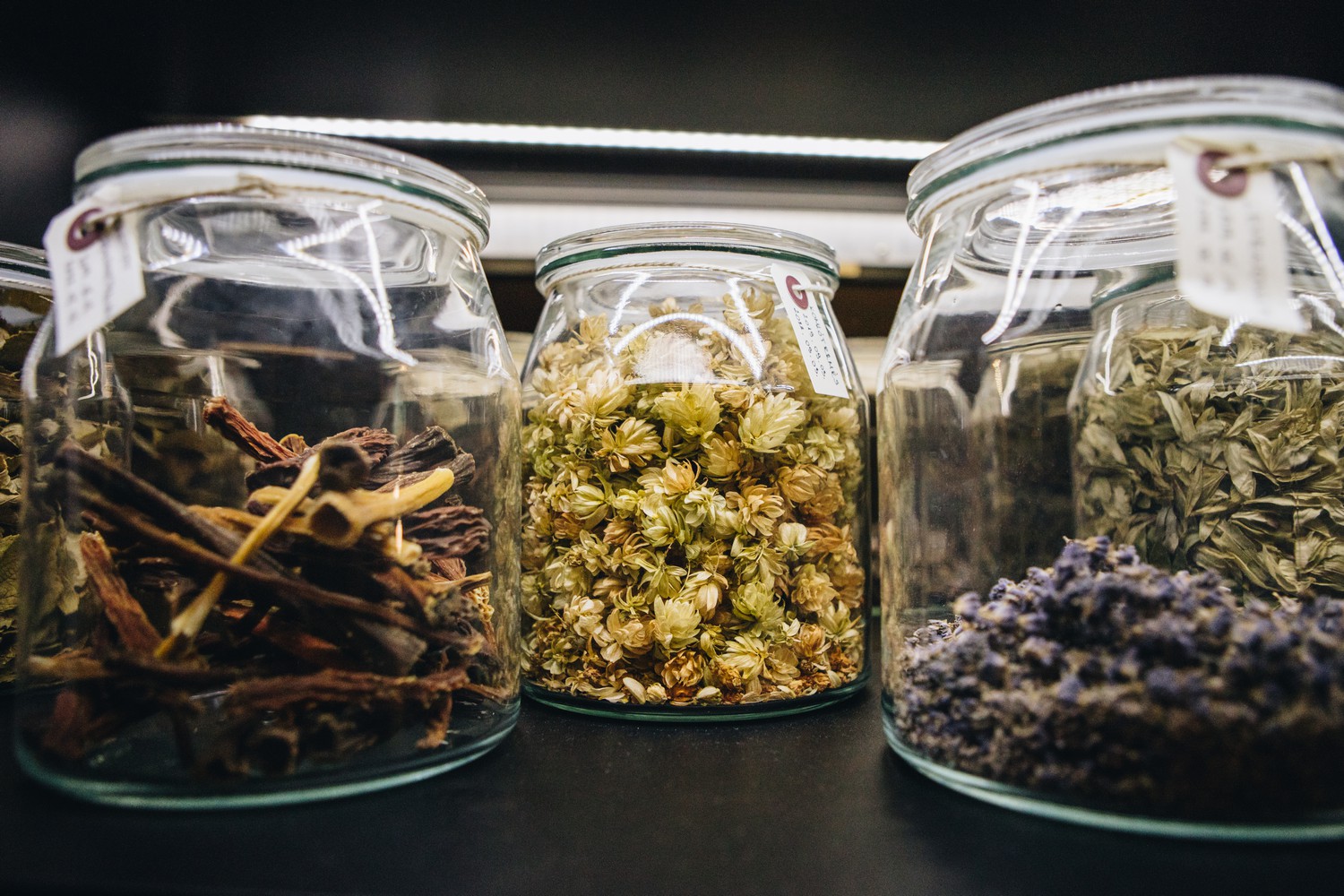
The Best Chef: How did your concept of the fine dining based on the Hungarian produce, tradition and nature evolve in these years?
Tóth Szilárd: Our first concept was that we would like to create value and, by all means, we wanted to do this taking into consideration what we truly intended to focus on in the future within Hungarian gastronomy.
The idea of working with only Hungarian food ingredients came up for the first time and became clear still at our previous restaurant. It was preceded by long deliberations as we wanted to find ways of putting this into practice.
This particular form of minimalist catering is applied in Northern gastronomy and that kitchen is very close to our hearts; this is the environment where we wanted to adopt the contemporary Hungarian gastronomy we represent, which is, in fact, based on local ingredients, and also Hungarian cuisine from rural regions.
Máté Boldizsár: There are different kinds of herbs we are using, which are edible, but nobody knows it, even in Hungary, so we can show Hungarian guests a lot of interesting things from nature. There are some herbs and also different kinds of ingredients, not only herbs. For example there is what we are using from Transylvania, a kind of spice but made by buttermilk and different green spices, that’s called “kuruc”, but most guests don’t know anything about this ingredient. Even if they are Hungarian or Transylvanian.
They meet with this ingredient here in the Salt restaurant. This is important for us, it’s a kind of education, and also it’s a kind of way we can develop Hungarian gastronomy.
The Best Chef: Let’s go back in time a bit, we know that this fantastic job requires a lot of passion, love and obviously sacrifice, personally how was your first approach, how did this all start?
Tóth Szilárd: I became interested in gastronomy at a very young age as I was on my own a lot, and even as a kid you want to pass the time when you’re bored, so I would watch cooking shows on TV and tried to imitate the way things were prepared and took my meals to the neighbours or to the saleslady at the greengrocer’s.
I received positive feedback, which stuck in my mind.
Obviously, as a kid, I took this very positively, and thought it would be worthwhile to opt for this when it comes to choosing a profession, and when the time came there was no question that I wanted to become a cook.
Of course, you learn, you try to find yourself, look for your own way…
It hasn’t been long since I finally realised what I wanted to do with the knowledge or the fact that I’m a cook, what I want to show the people or what Máté and I would like to tell through gastronomy. To be honest, our aim is to continually bring this restaurant closer to perfection and learn more and more in order to deliver the visions we have in mind.
I believe that we don’t live in a closed cage where we don’t know about things and can’t use things.
Máté Boldizsár:I wasn’t living in the countryside. I’m a big city guy, from here, from Budapest. I was studying at grammar school, and I didn’t know what I wanted to do with myself, but I started to work in our previous workplace, which was a wine bar. The love of wines started here, and after I just developed my work very much and I started the interest not only in wines but also gastronomy, fine dining, catering.
It was for me like a miracle to do. It was like a little bit artistic, but also nicer, so at first, in the beginning, I didn’t know that hospitality can be as fun as art, and here for me at Salt restaurant, when we started to make things, and we opened the restaurant. For me it’s more like playground and it’s fun to work with the taste. I am more about the wines, not the cuisine, but I found it very interesting to play with the taste together. The dishes and the wines and also in the Salt restaurant we are preparing different kinds of non-alcoholic juices and also it’s fun, I found.
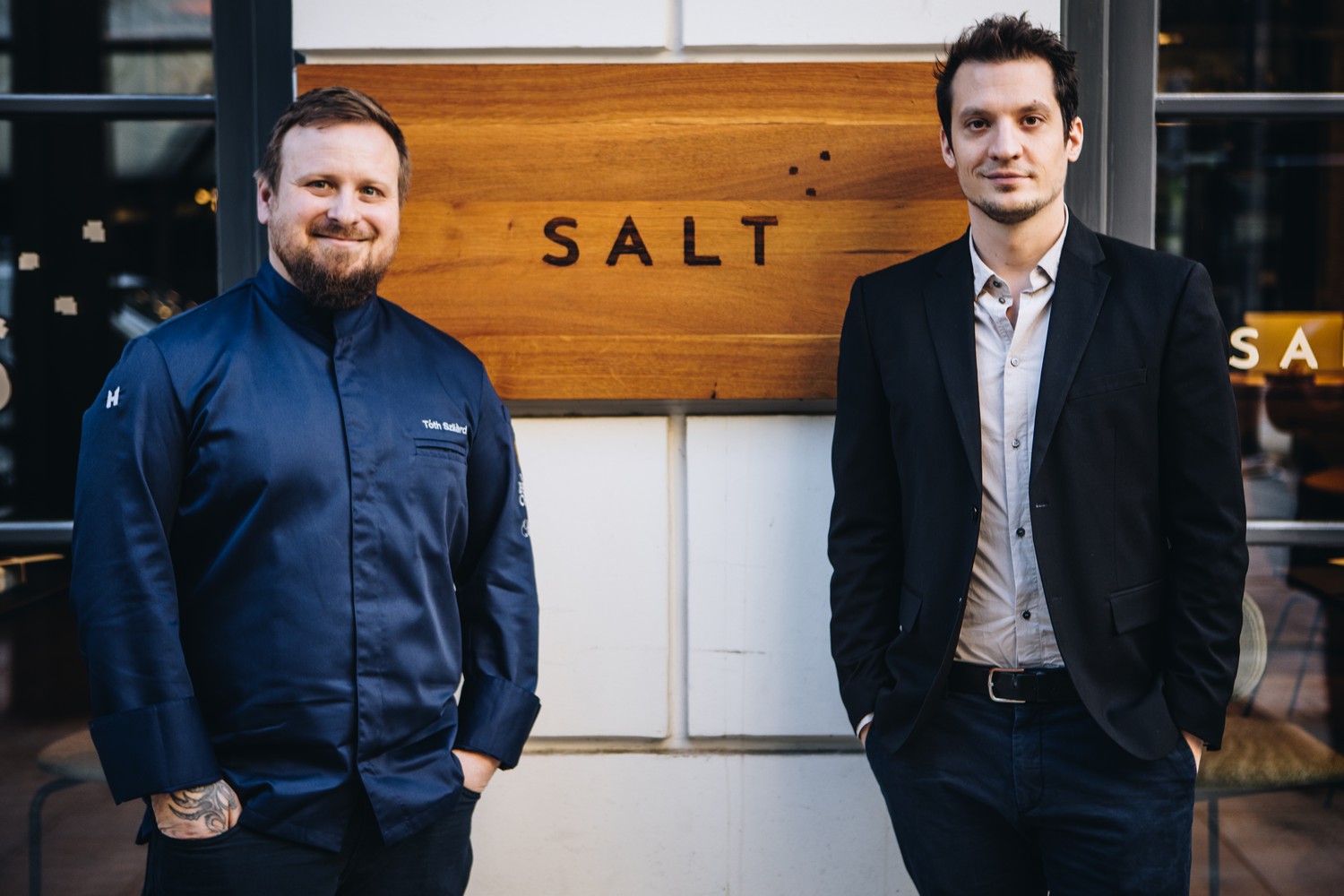

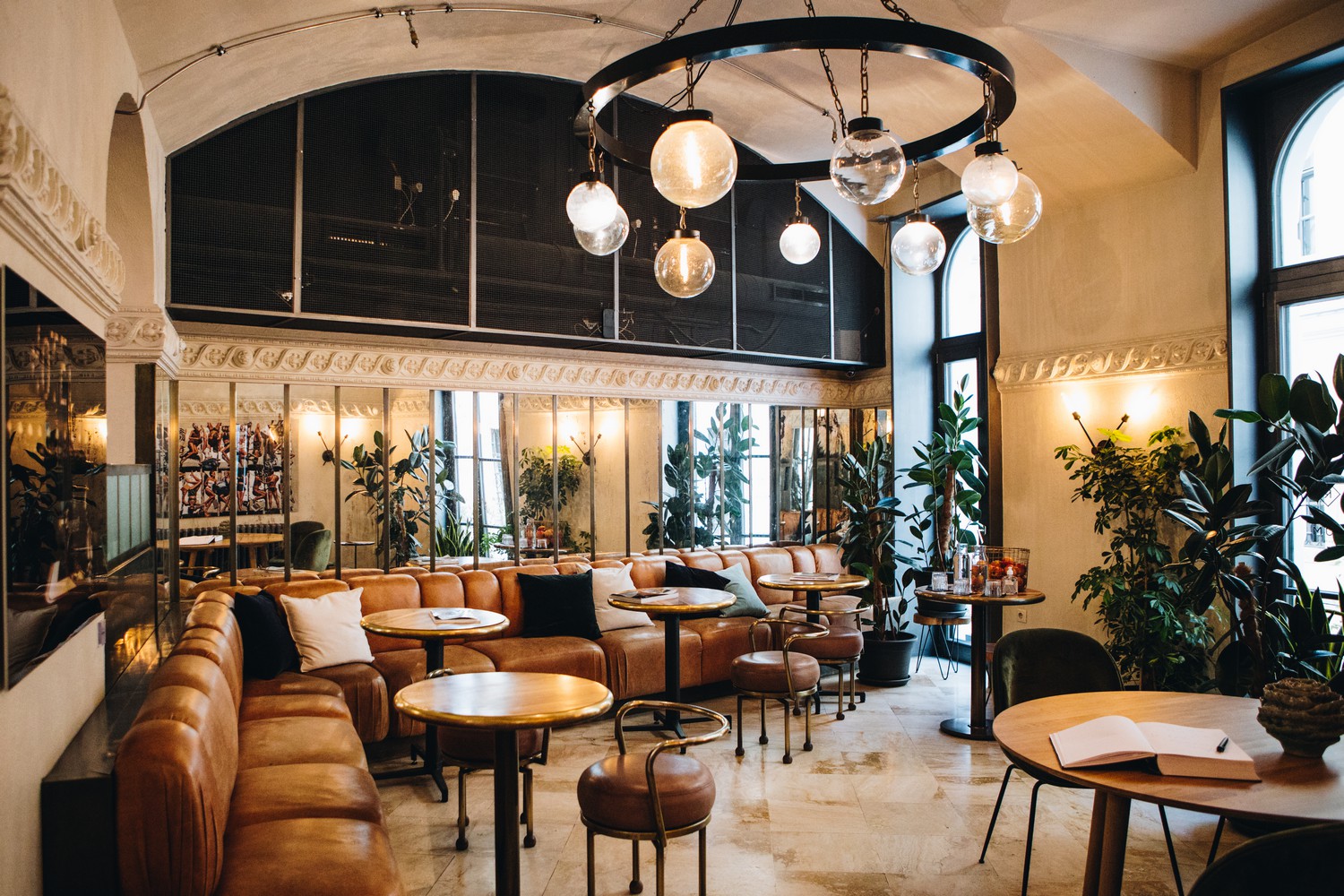
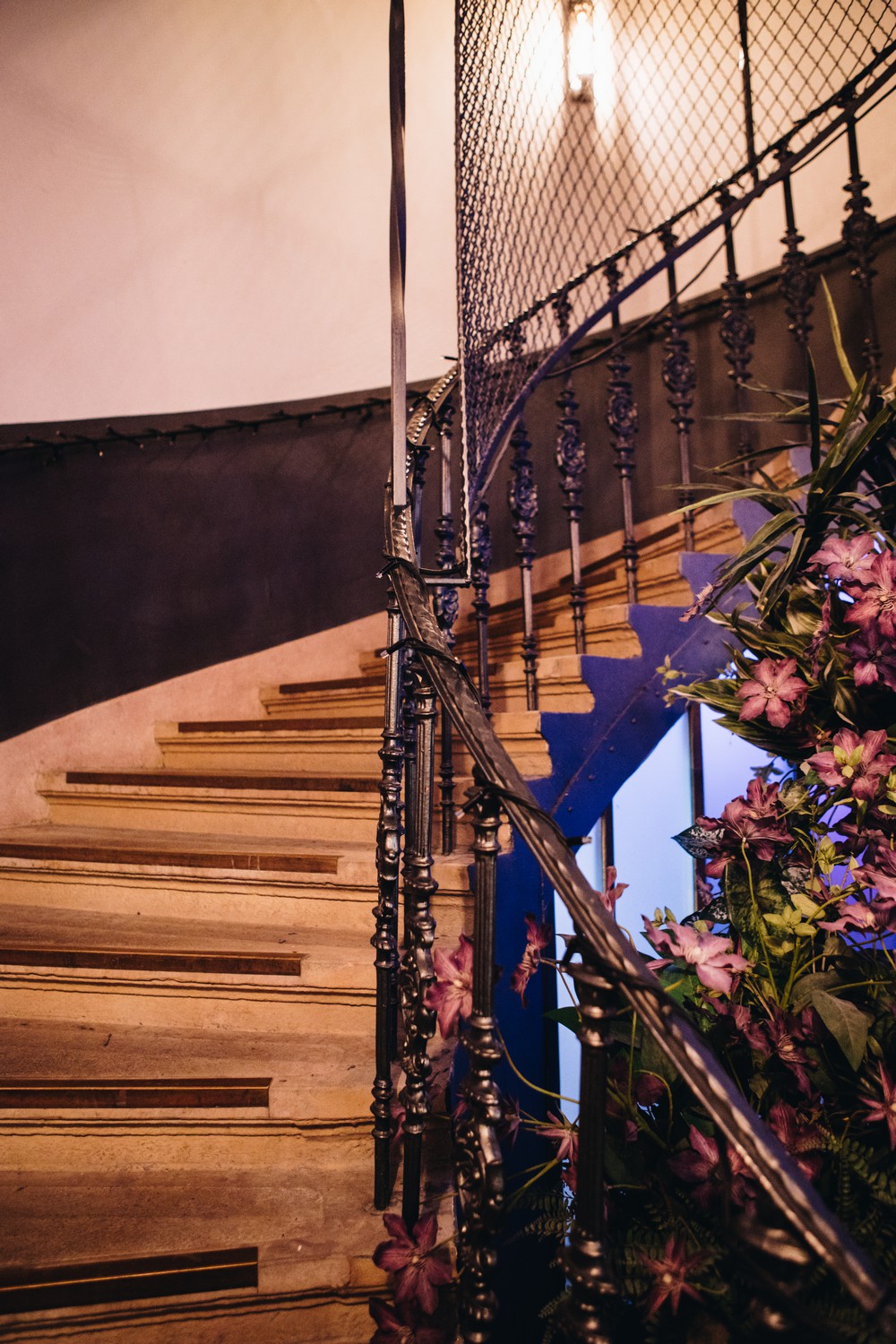

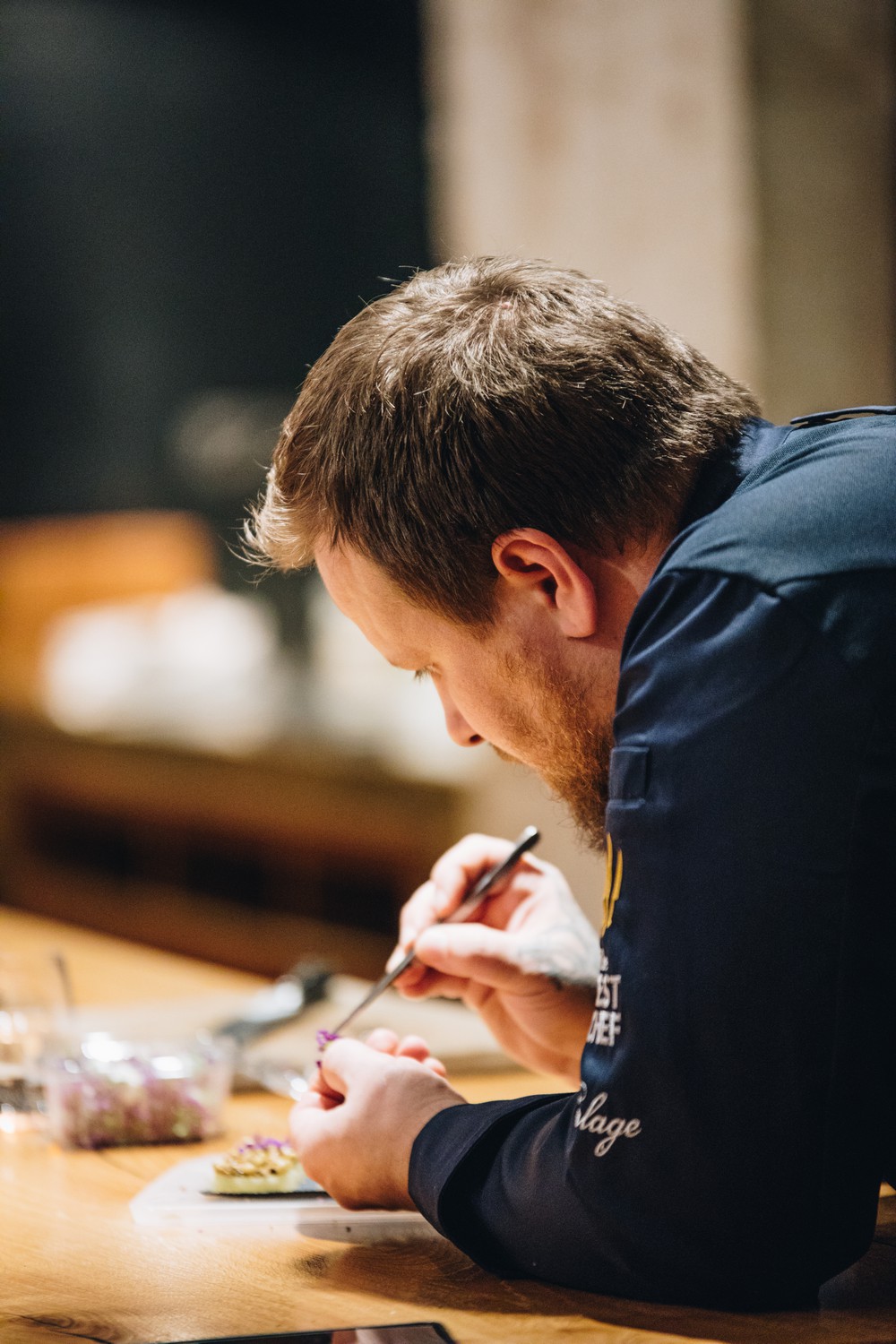
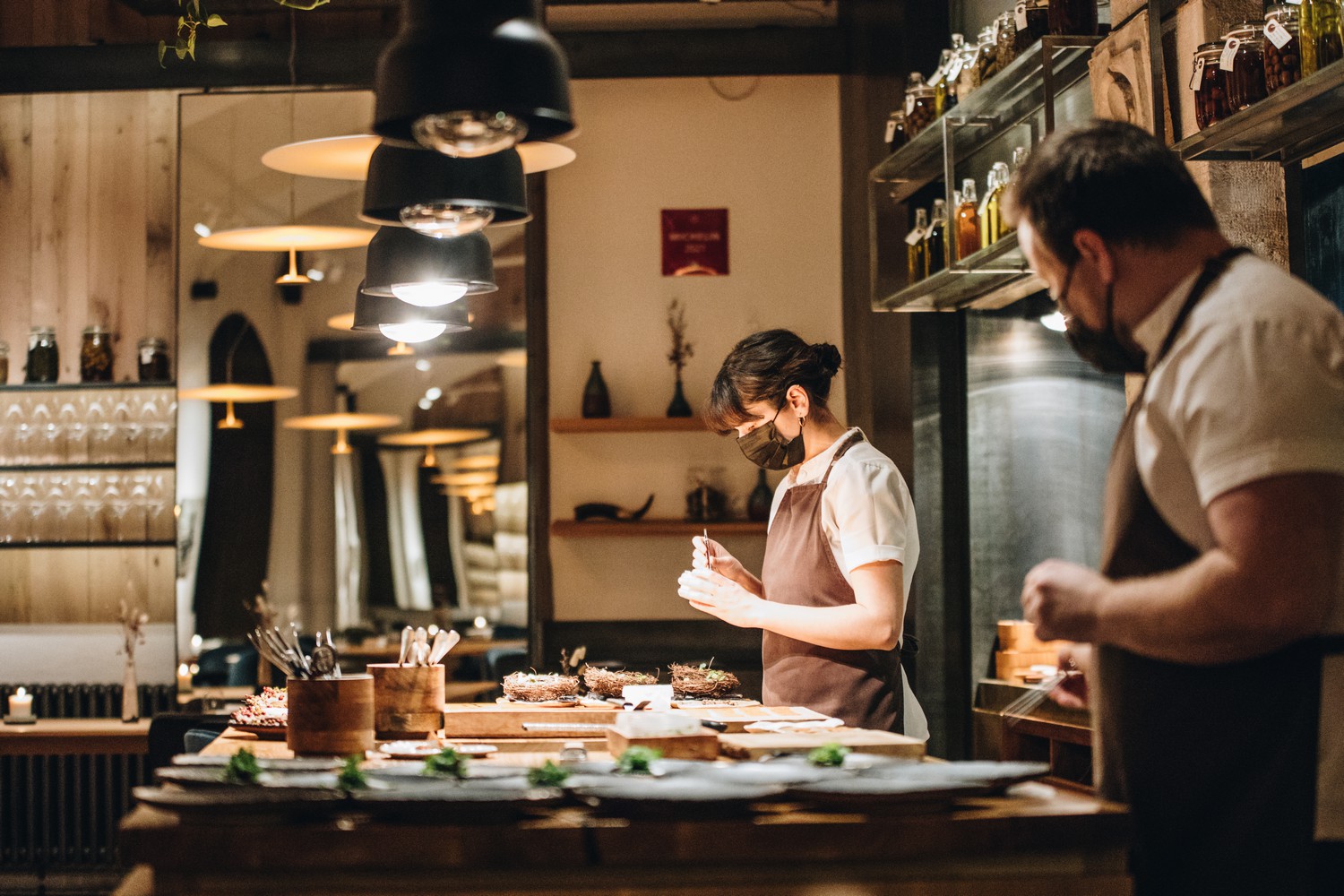
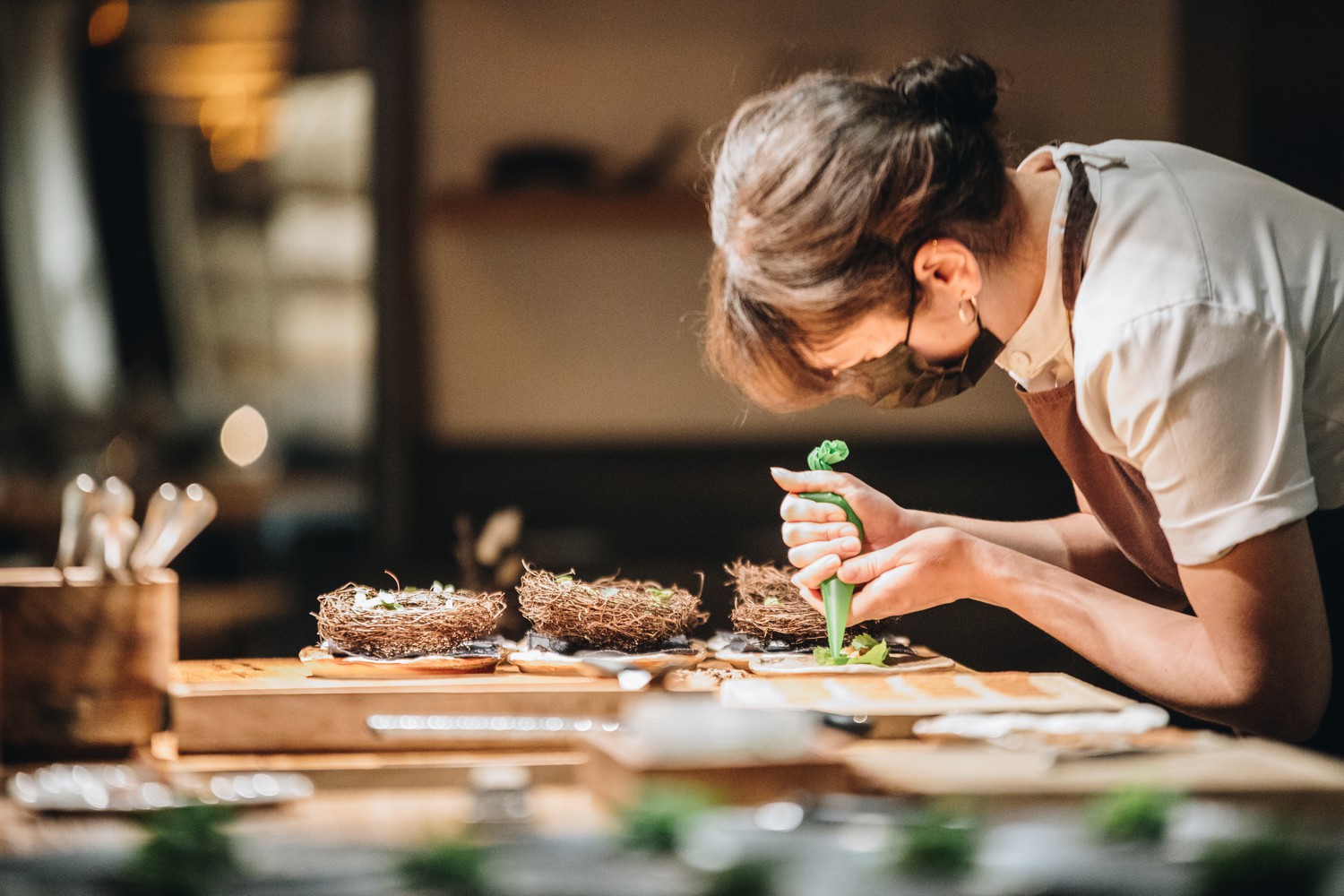
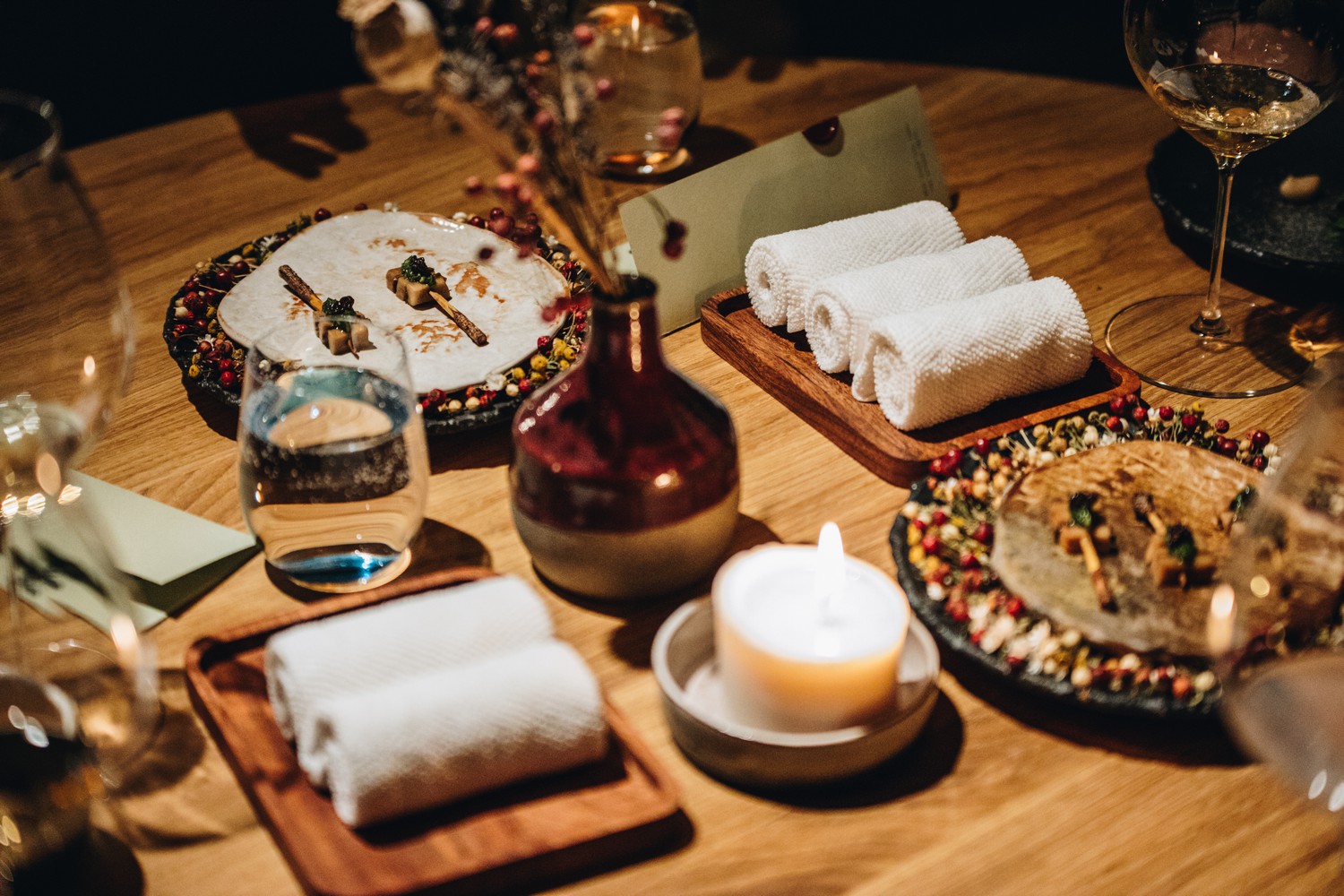

The Best Chef: We believe that your traditions and roots play a fundamental role in your proposals and for the future of Hungarian gastronomy; and precisely in this regard how do you see the Hungarian gastronomy today?
Tóth Szilárd: The first sentence I would start with is that Hungarian gastronomy is much more than goulash soup and chicken paprikas or paprika as a spice.
These represent a great value for us as well, but there are a number of other things in our regions to be appreciated besides, and I believe that, apart from adding some regional meals to our restaurant, we would also like to place an emphasis on the bare ingredients and the pairing of flavours and tastes that feature in Hungarian cuisine.
We use these or rediscover them through the process and prepare meals with them based on our current knowledge.
This is part of our goal to build our values and create contemporary Hungarian cuisine or, at least, become a part of it, since there are many in Hungary who share the same ambitions.
For me, this means that we should sit down and truly listen to our grandmothers who can tell us what it was like back in their day, and what were the fundamental essences that formed the basis of meals in their particular environment; and these are what we aspire to insert into our environment and the heart of our work.
Máté Boldizsár: Everybody says that for ageing things, fermenting things, like things of the Nordic cuisine, they founded it, but it is funny, because, for example, in Hungary, and I think everywhere else in the countryside, everybody uses this method. Our grandmothers pickling the cucumbers, to be honest they are very professional that they started to make these things in high level gastronomy, in fine dining gastronomy, and it was a very great idea and we are very angry why we did not do this before, because in Hungary it is really the basic thing, in Hungarian cuisine, pickling and fermenting stuff, ageing stuff, so it’s like the most basic thing we can do in cuisine.
Tóth Szilárd: We have connections with various small farmers, for I believe it is vital for the restaurant and producer to establish direct contact, moreover, for us also to see where the products come from, or where our vegetables or animals are raised.
Also important for us, as Máté has already mentioned, is that whatever we can produce ourselves, we would like to produce ourselves. This is the clearest way to recognise how what we serve on the table was made, what the tradition behind it is…
Our way may be a bit different compared to other restaurants, we have also our restaurant-and-producer connections, many are very nice people and have great products but, besides this, we also produce a great deal of our own ingredients.
We provide several of our own meal products, it is us who actually go out into nature and harvest things that used to be traditionally present in Hungarian gastronomy but faded away over the course of time, and also those that are still present, but we have been ignoring or their proper application hadn’t evolved, although global gastronomy does make use of them. This is what I consider the key to raising contemporary Hungarian gastronomy to an international level.
Naturally, we have still a lot of more work ahead of us, but we aspire to attain these things to represent a great asset not only within the country’s borders but outside of Hungary as well.
The Best Chef: Your project is based on the roots of tradition but, at the same time, what is your opinion about it and about the evolution of techniques and knowledge of international cuisine?
Tóth Szilárd: Technologically, I believe it would be foolish not to use the knowledge available in the world, but I believe that we also need to concentrate on what is available in our own country.
The indigenous peasant culture that Hungarian gastronomy stems from is the direction in which we wish to expand, but with a bit of French technology, a bit of the Northern, Spanish, Japanese… Consequently, on the technological level we would like to take something from everywhere, because it would simply be foolish to avoid or ignore this kind of knowledge.
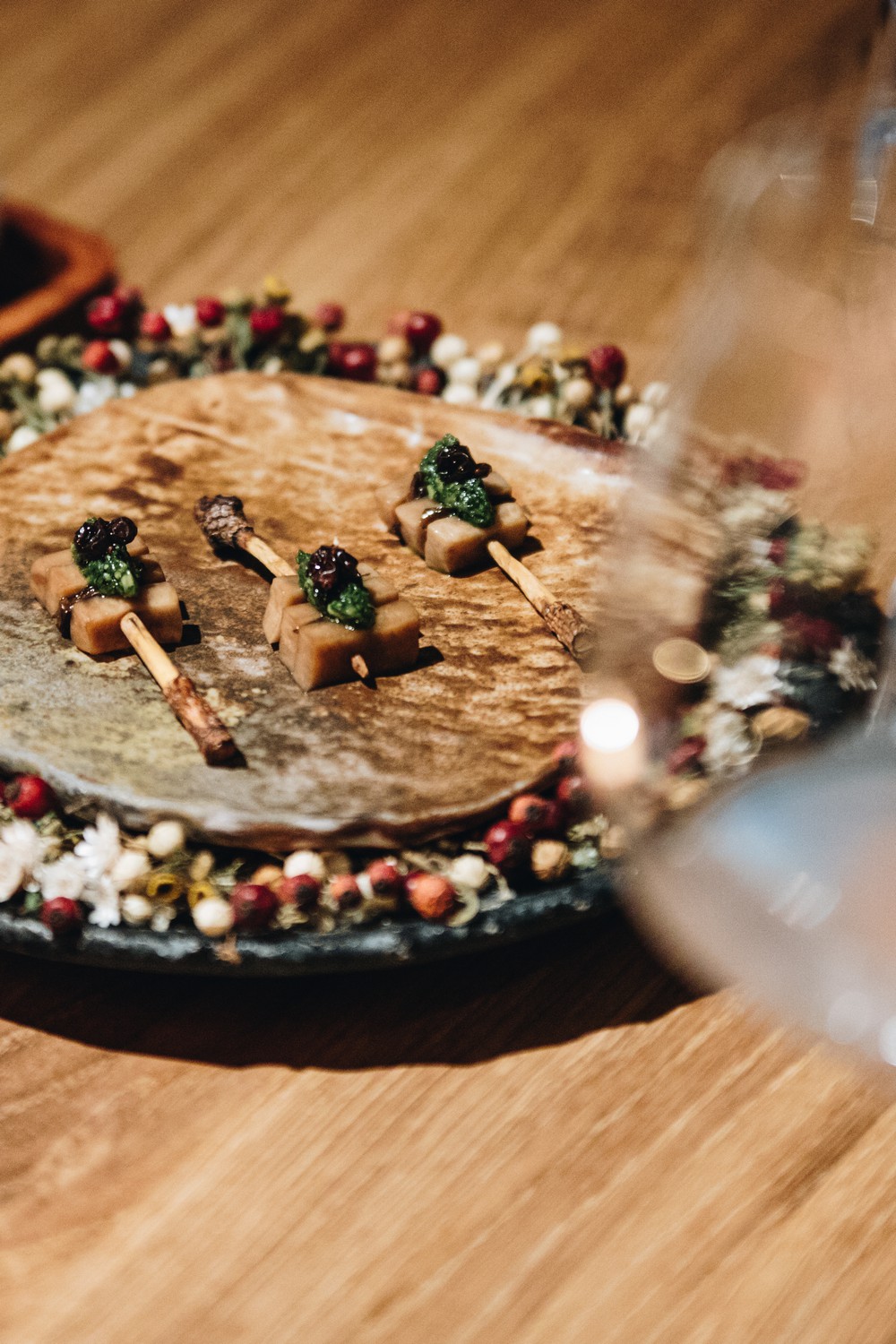
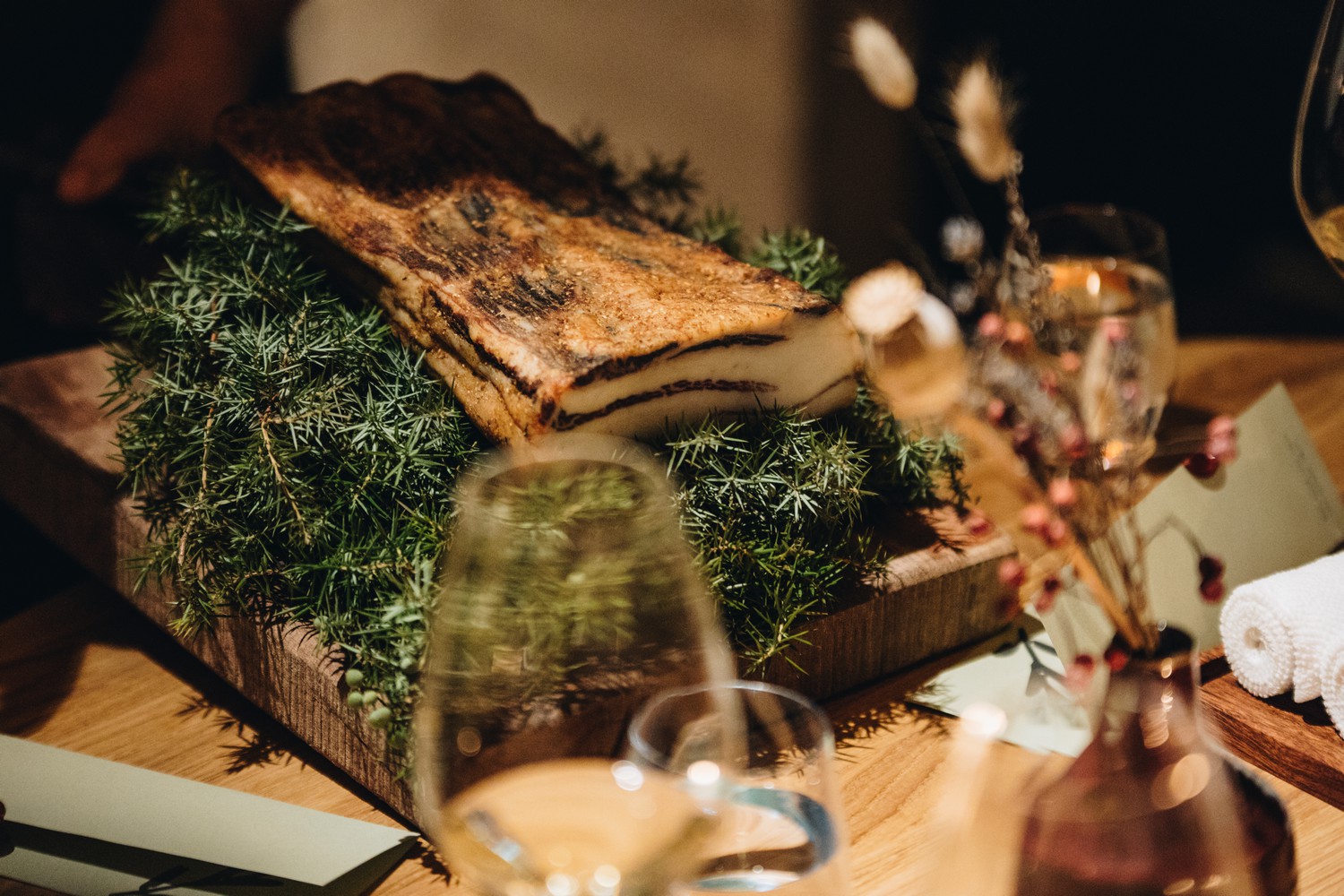
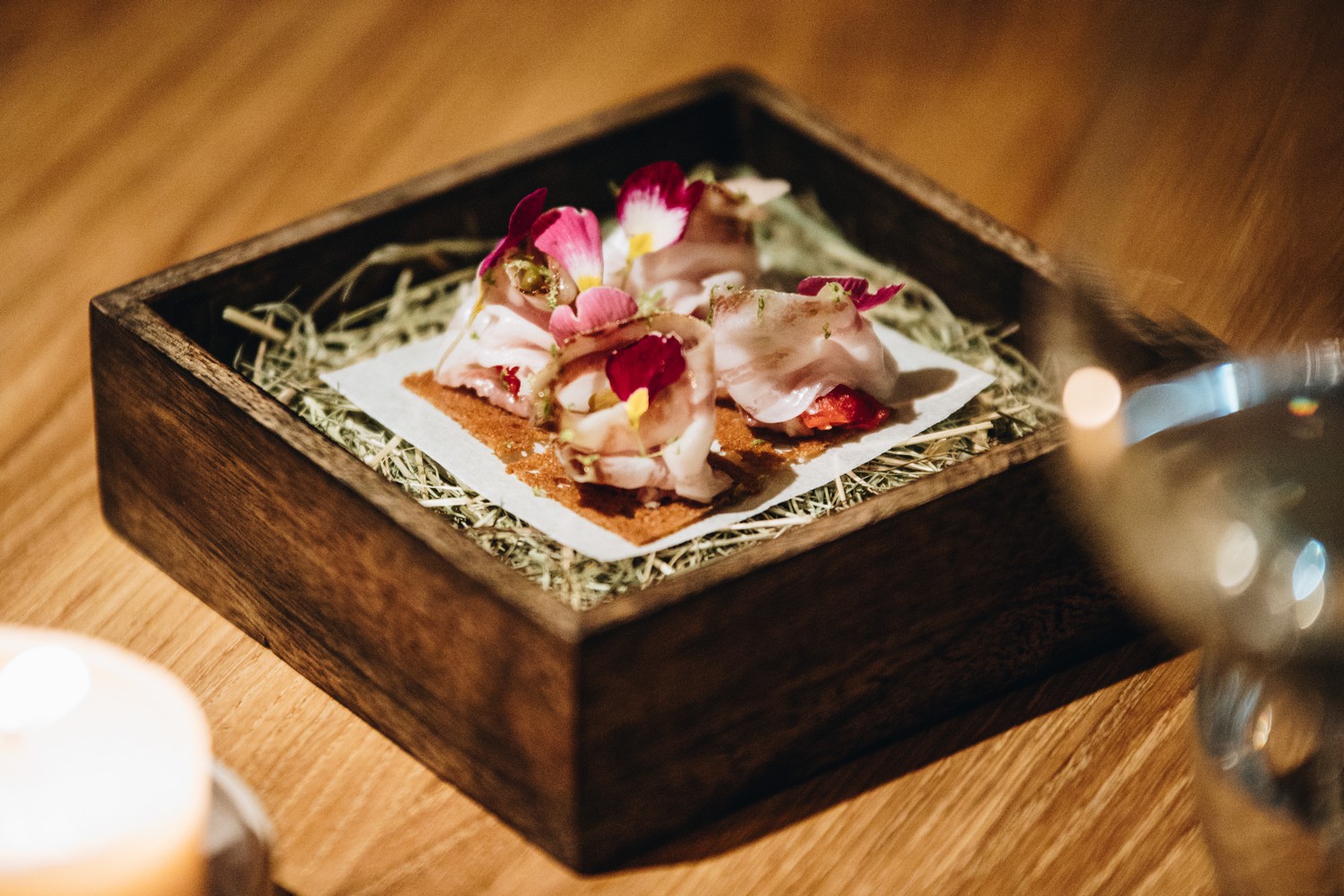
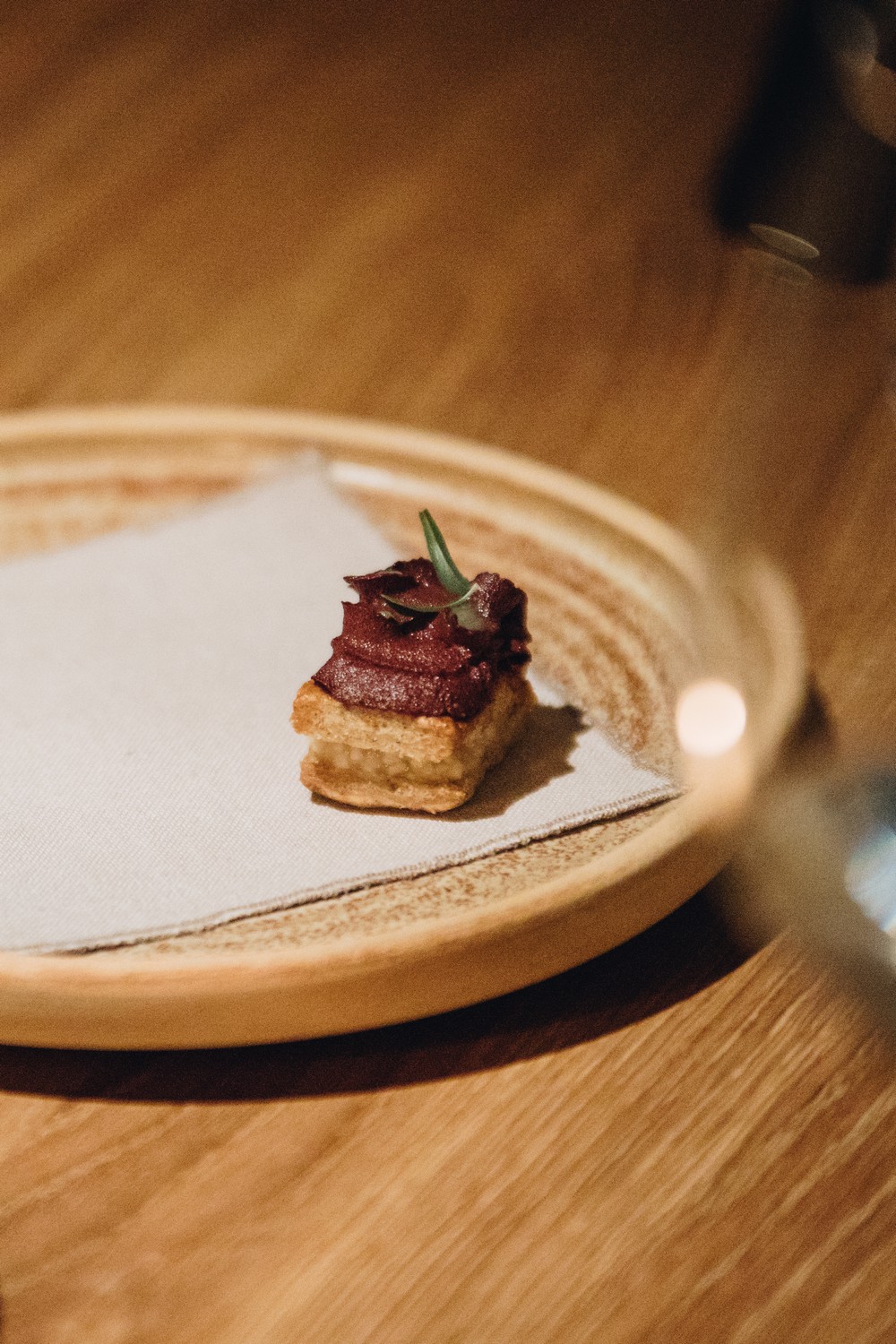
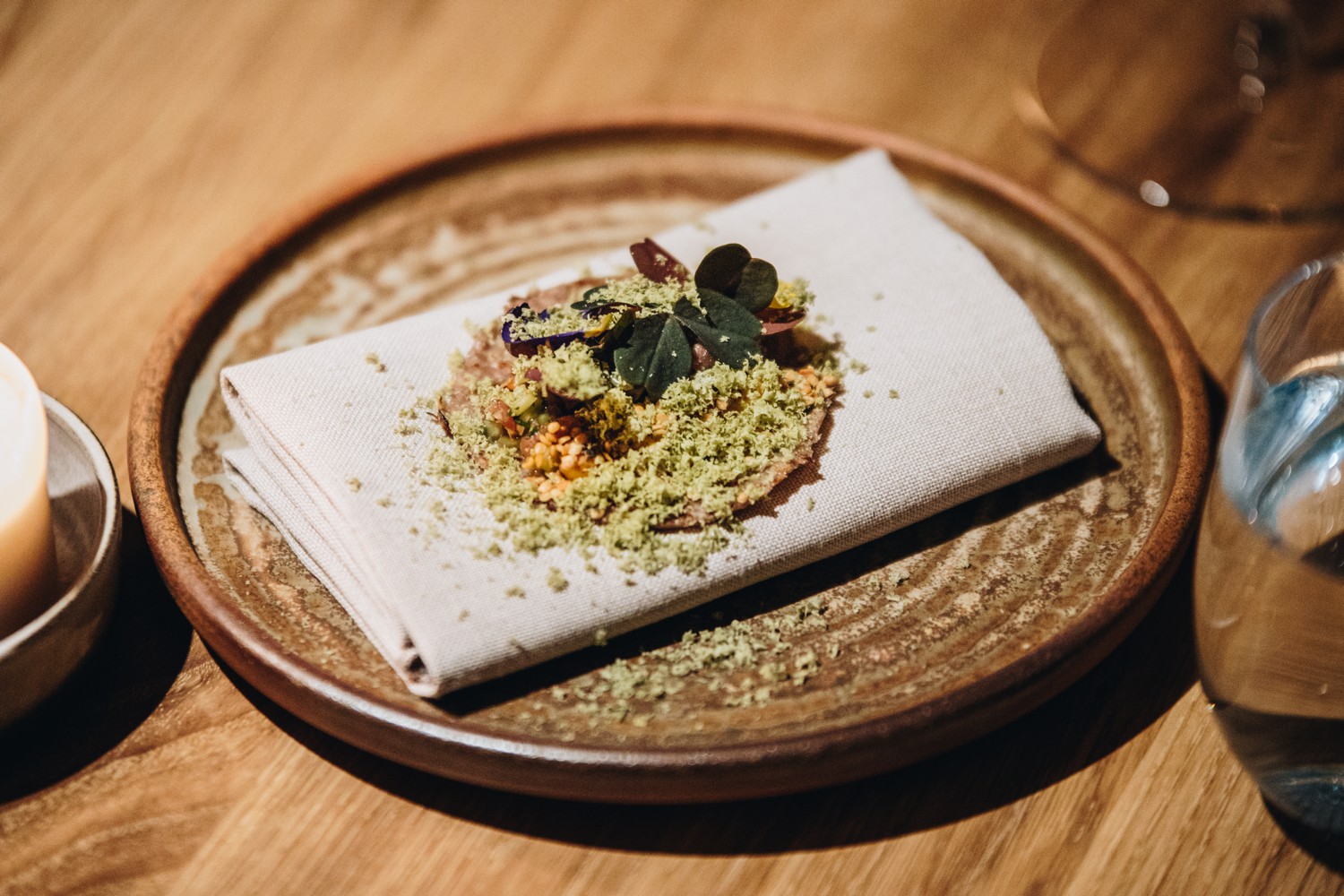
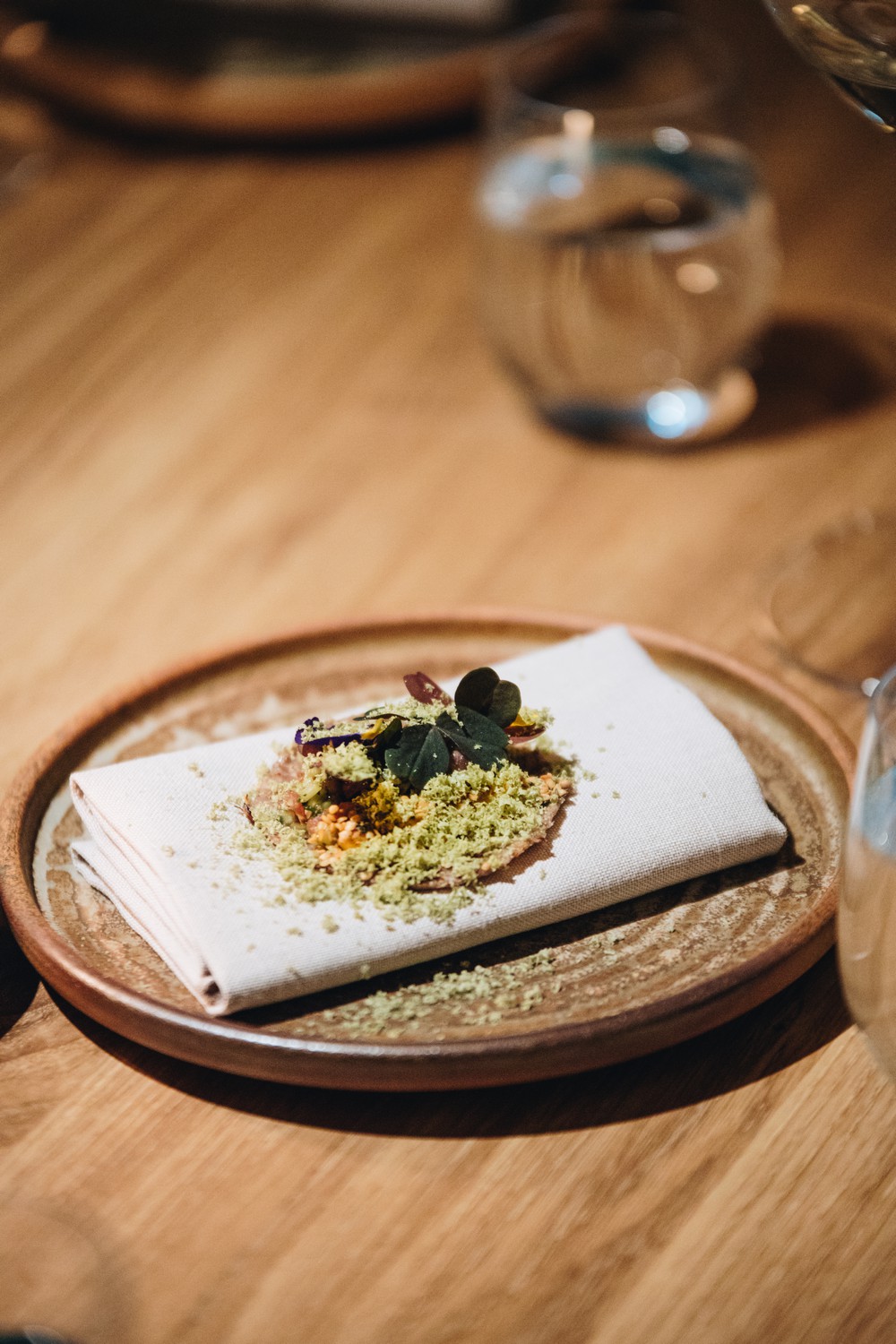
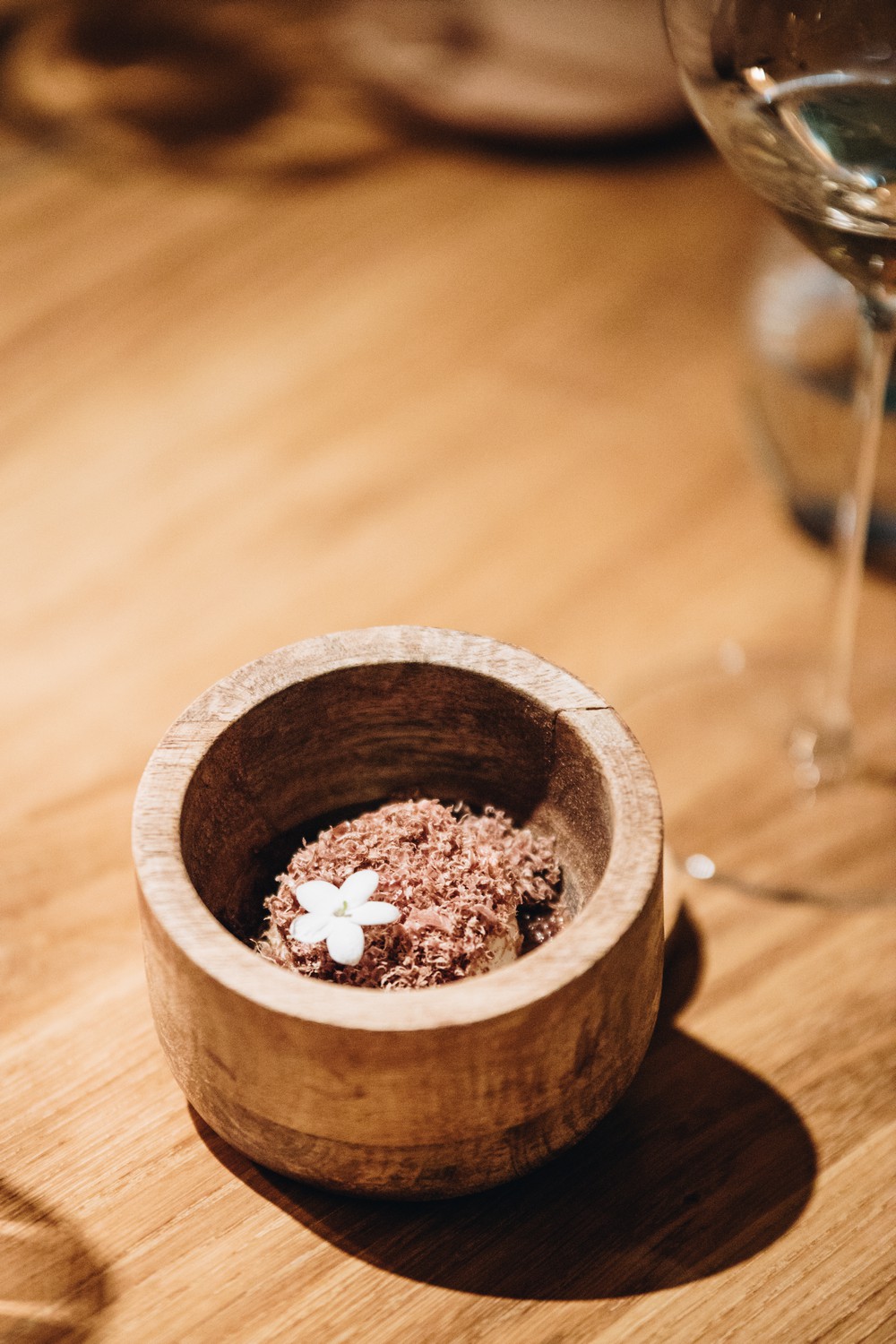
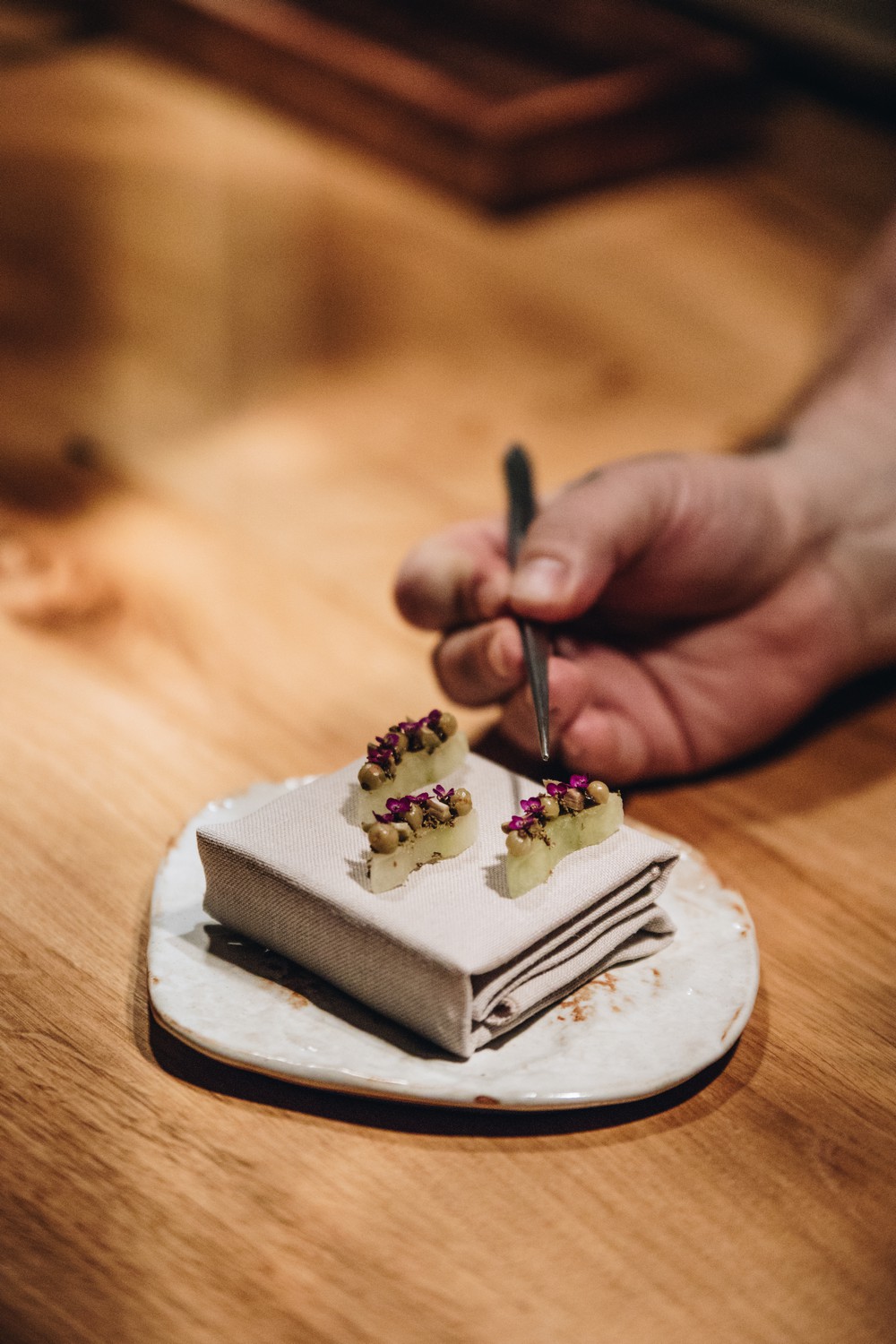
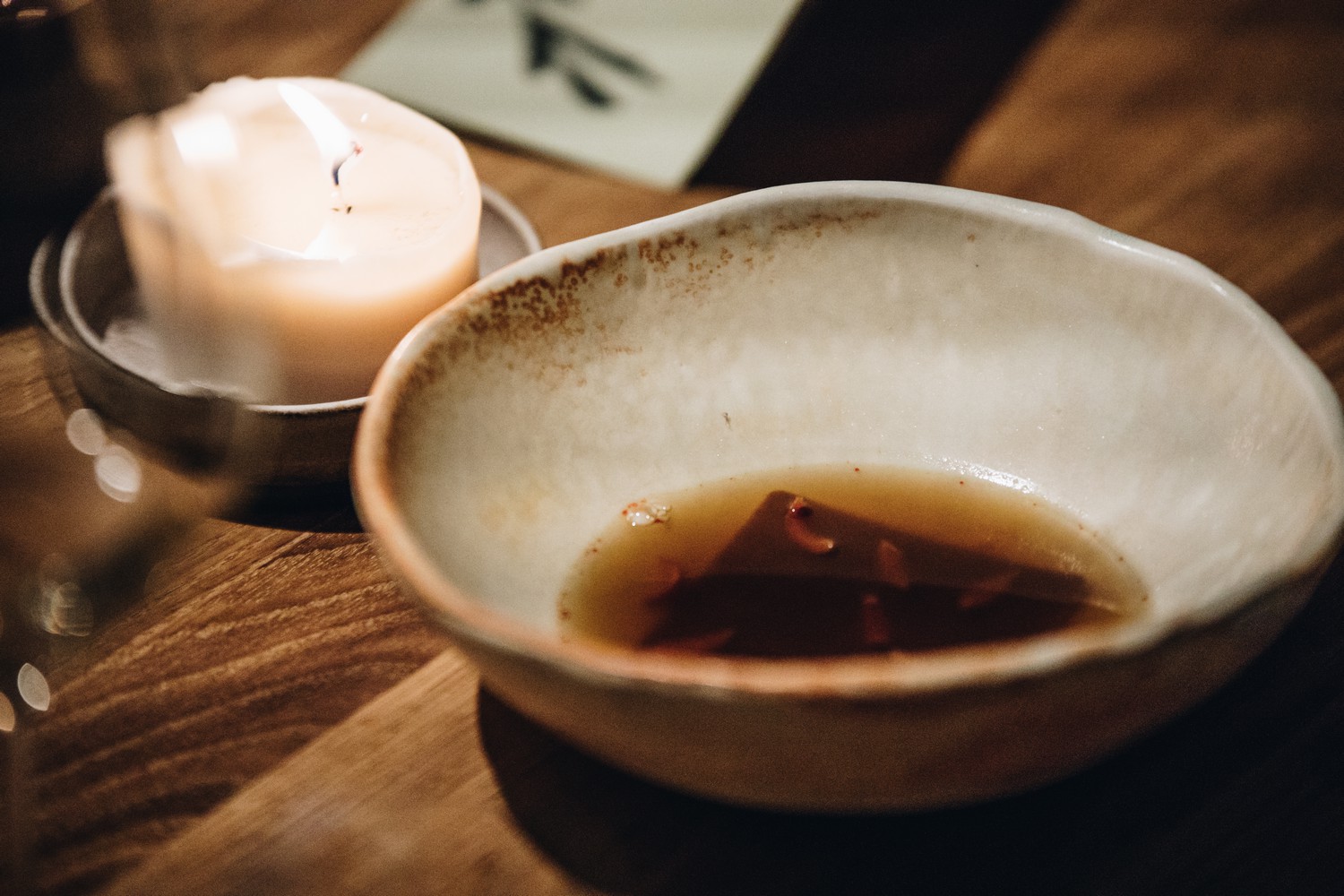
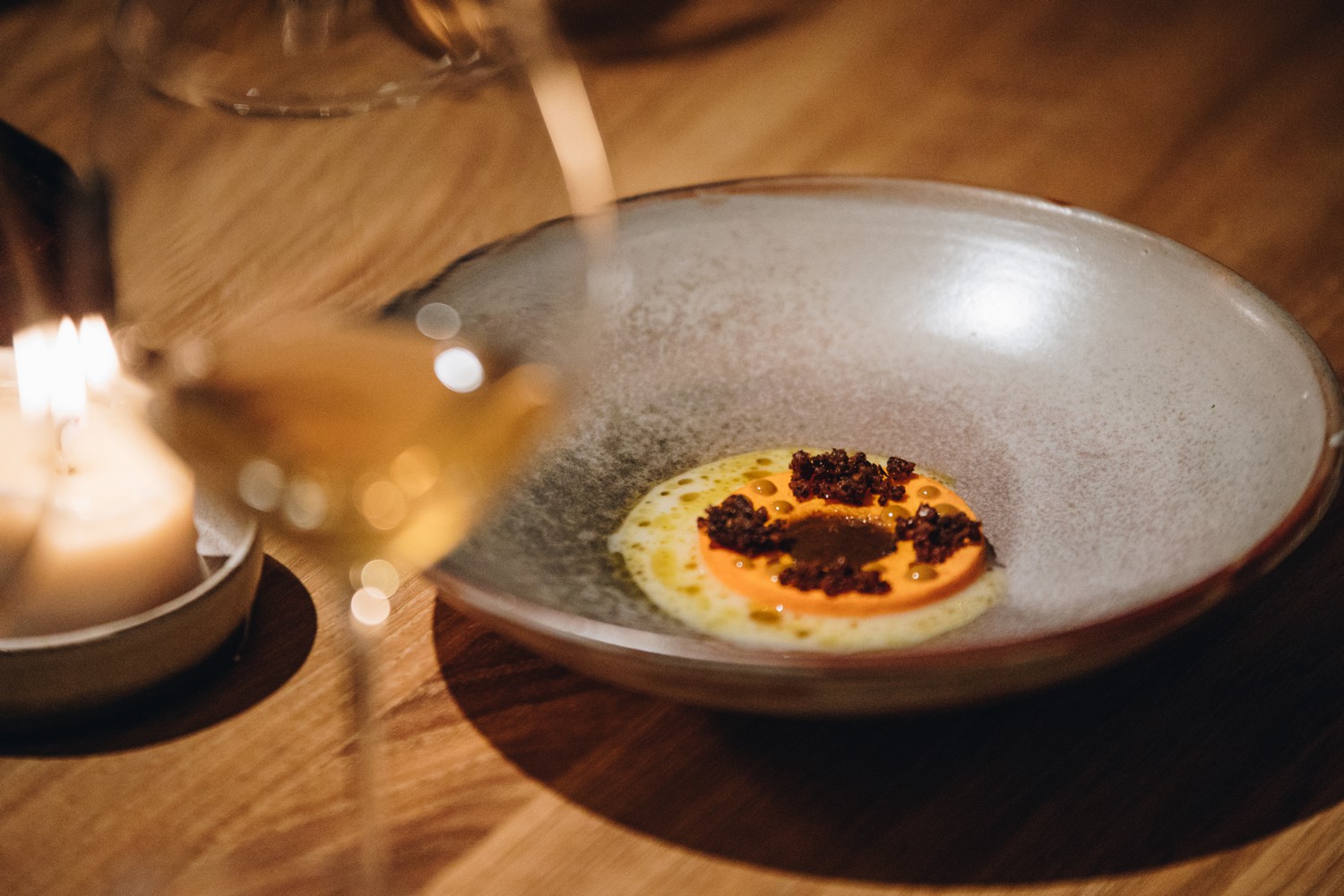
The Best Chef: Please tell us and our readers what is your current proposal here in Salt restaurant? We know that meat is always one of the main dishes here in Hungary but of course there is so much more.
Máté Boldizsár: In the Salt restaurant, we are using meat of course. Now, for example, the main part of our winter menu is the pig slaughter, because it’s really a feast in Hungary, so we love it, but we also serve different kinds of fruit and everything like that, and also we are ready to host people having different diet requirements, so we are ready to prepare vegan, vegetarian menu and not in the way, ok there is a plate – we take out the meat and you can eat the side dish. This is really important for us to make as enjoyable the vegetarian menu as the meat dish menu.
Tóth Szilárd: Using the raw materials, we possess results in this contemporary Hungarian gastronomy as everything has an effect on everything.
I believe that the essence of Hungarian cuisine are vegetables rather than meat. We have about two or three animals from which we make meat dishes, but countless or uncountable meals that are vegetable-based. No meat because the regional cuisine I grew up with, and which most of our traditional meals likely stem from (one of them, because there are many others) is not meat-based.
Back in the days of the peasants they ate meat once a week. And this was not only as a result of destitution, but they produced a lot of vegetables and could use up many things and… and vegetable-based dining was much more prevalent.
